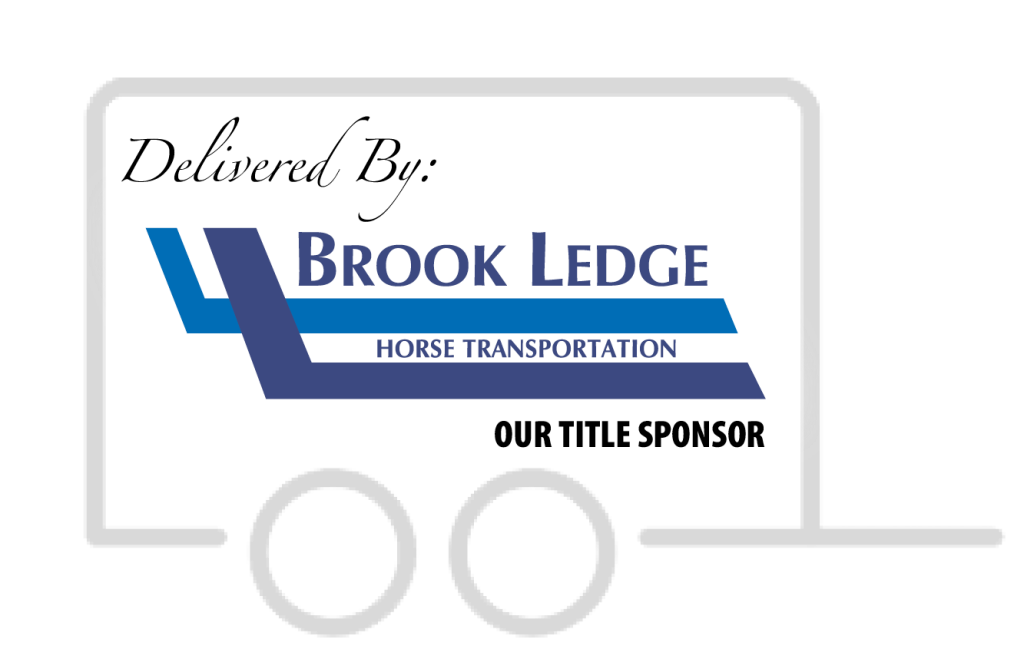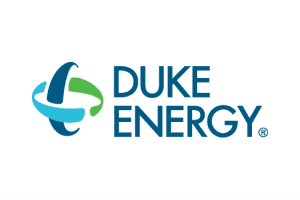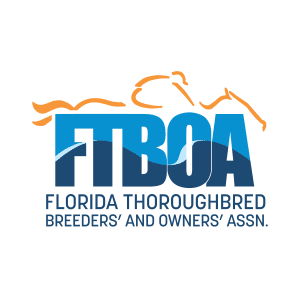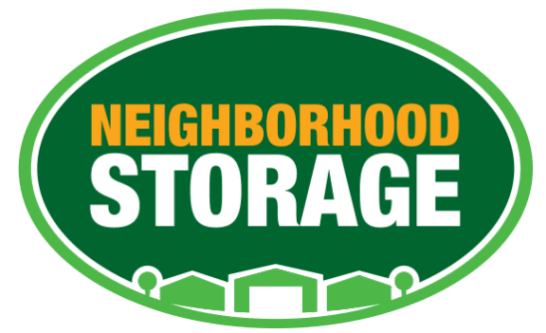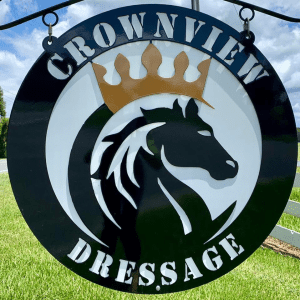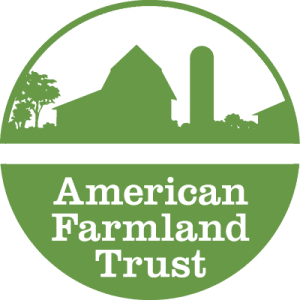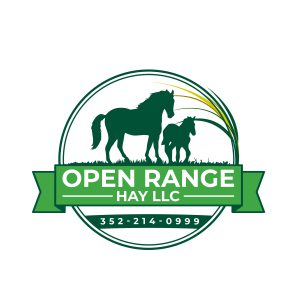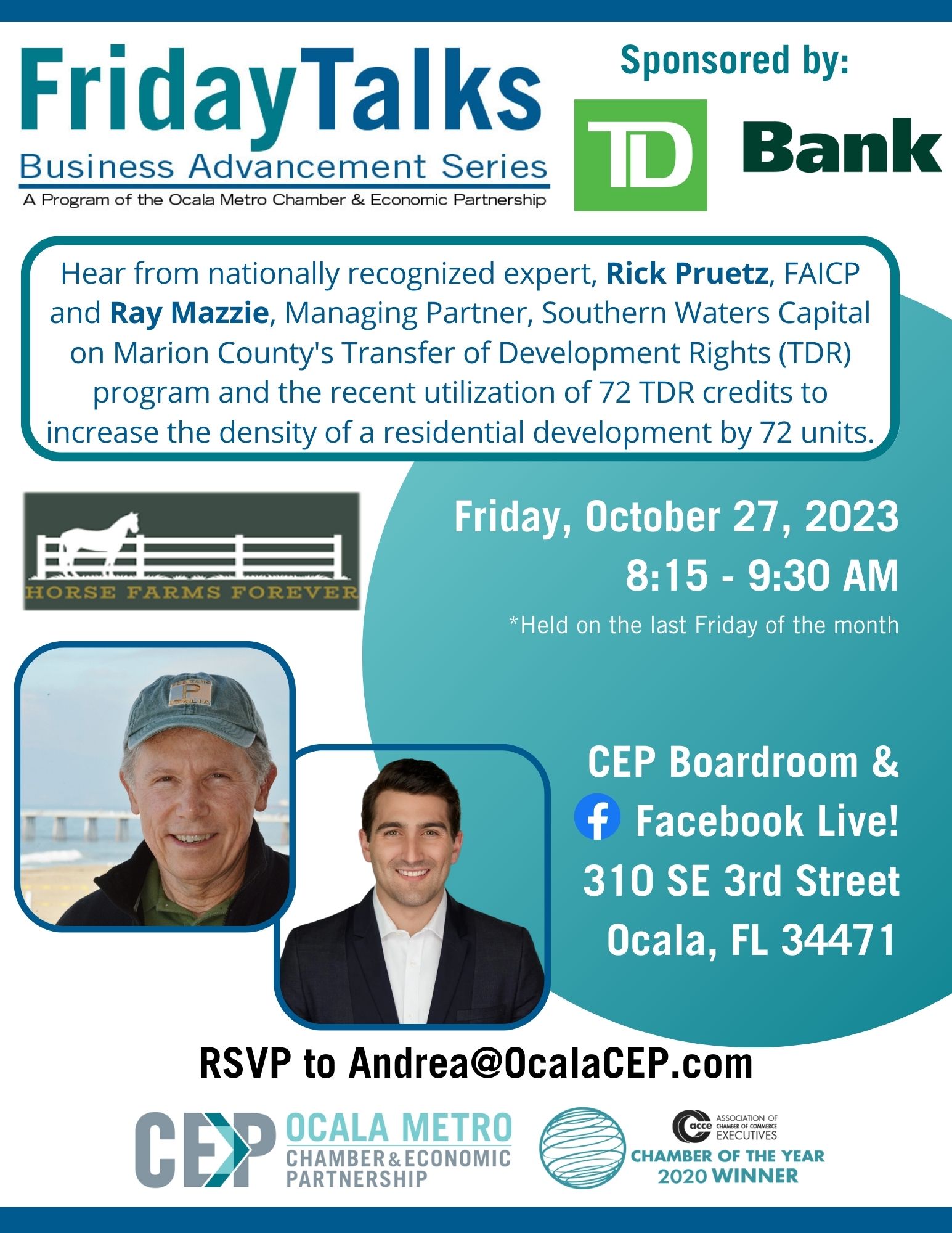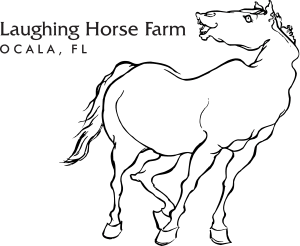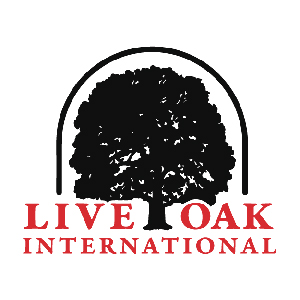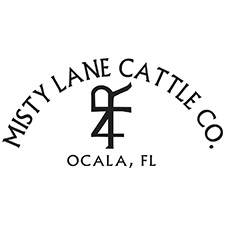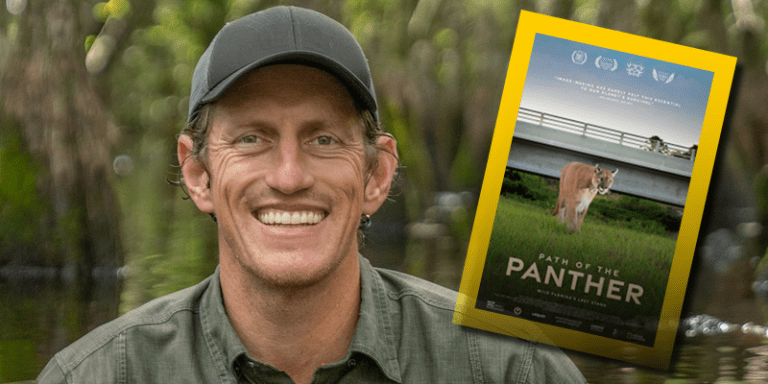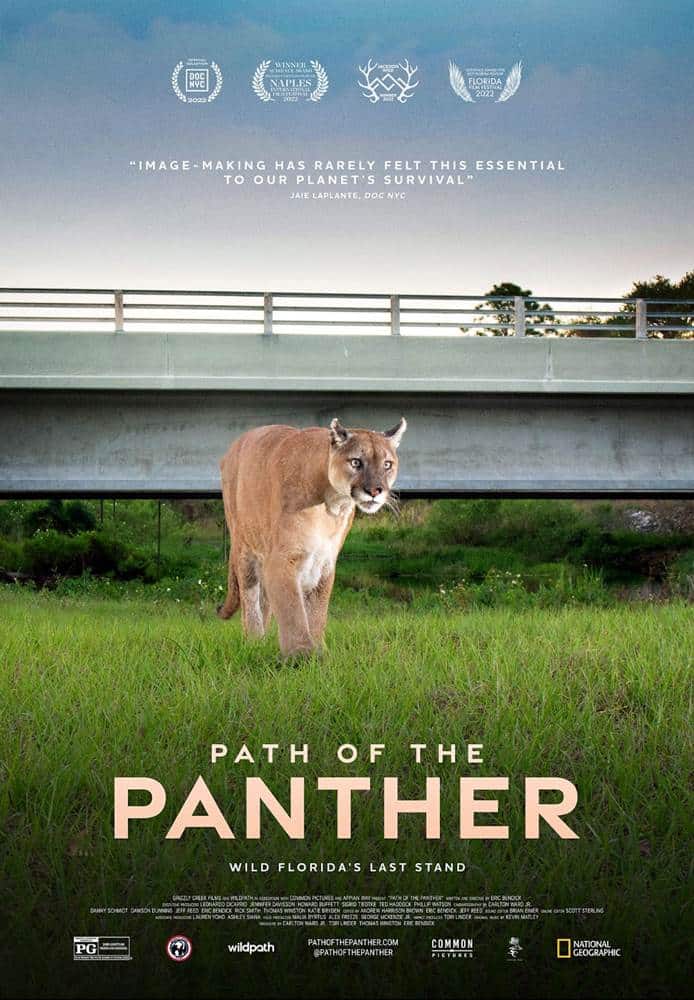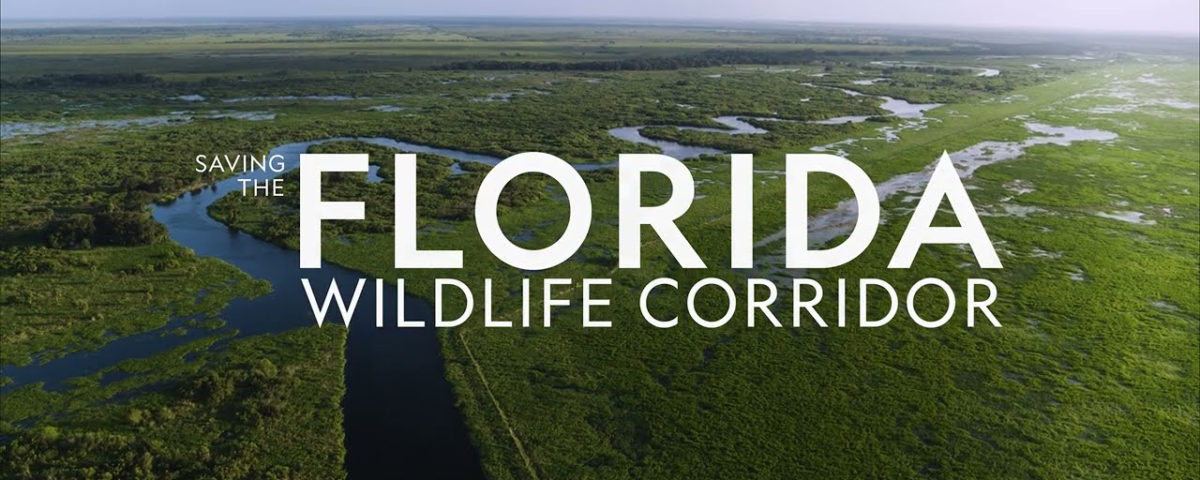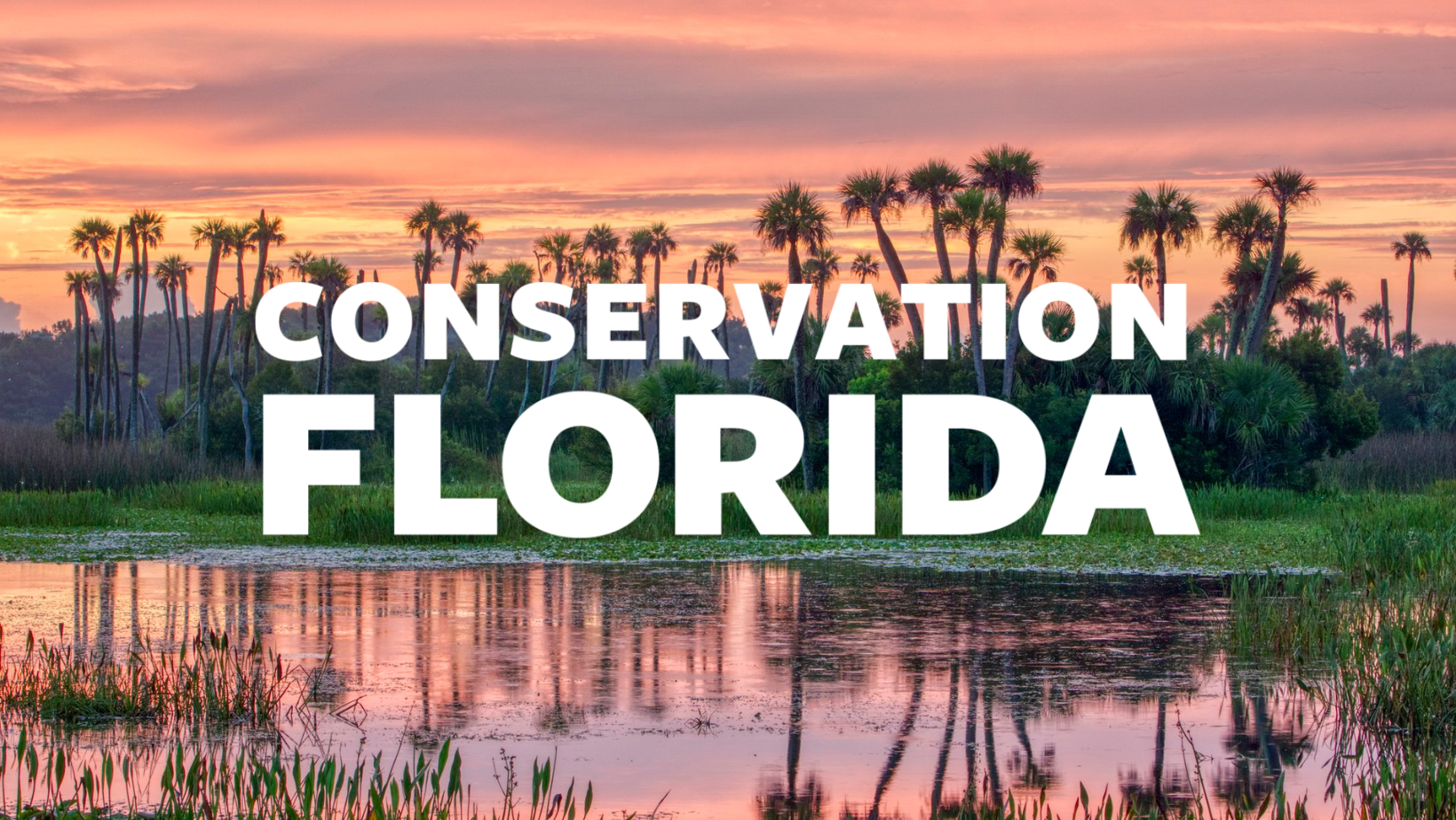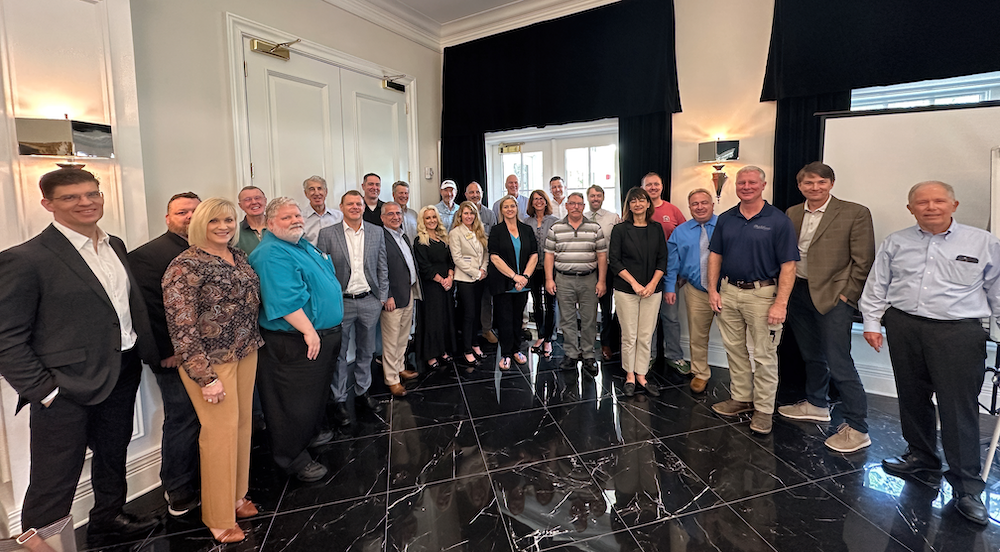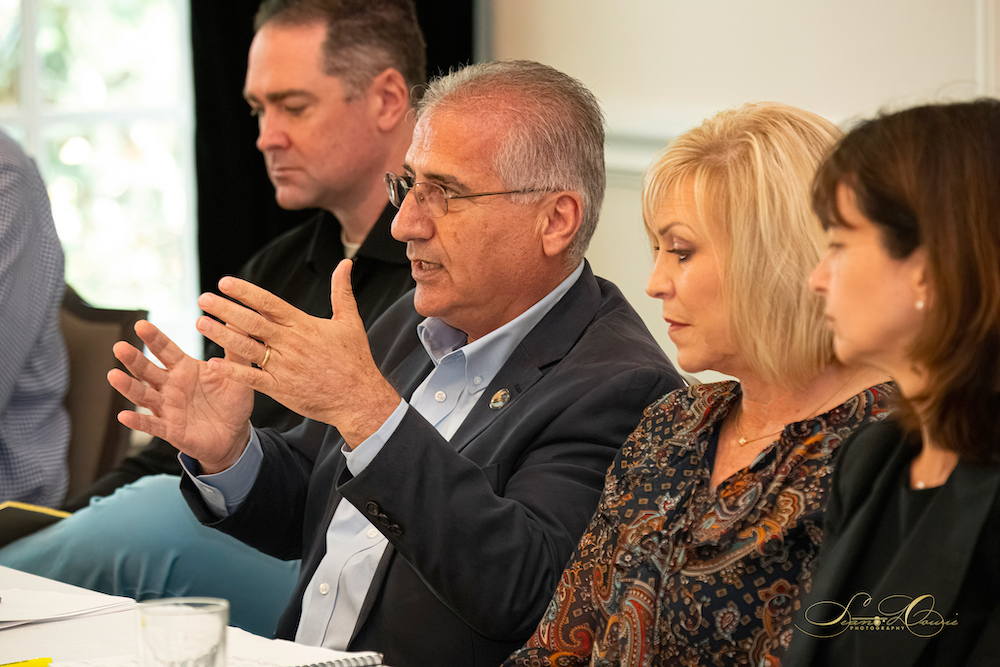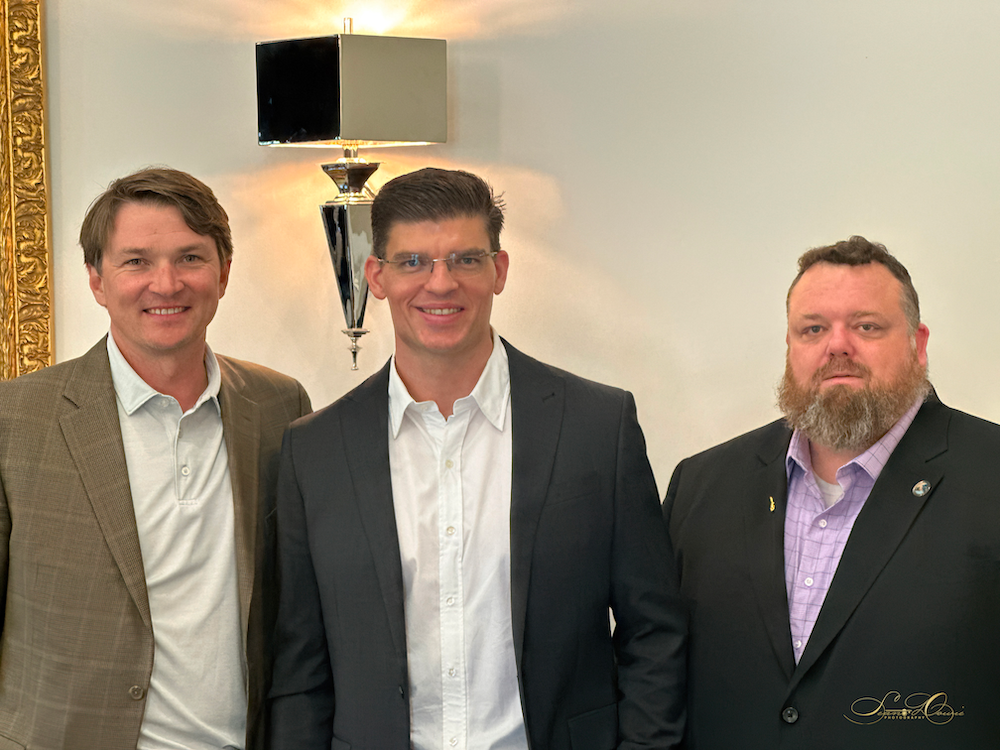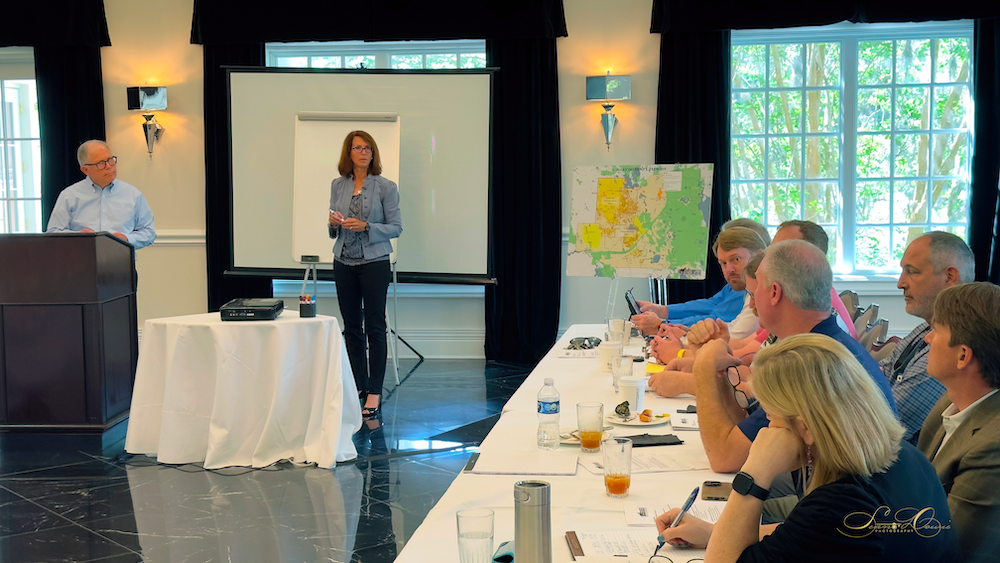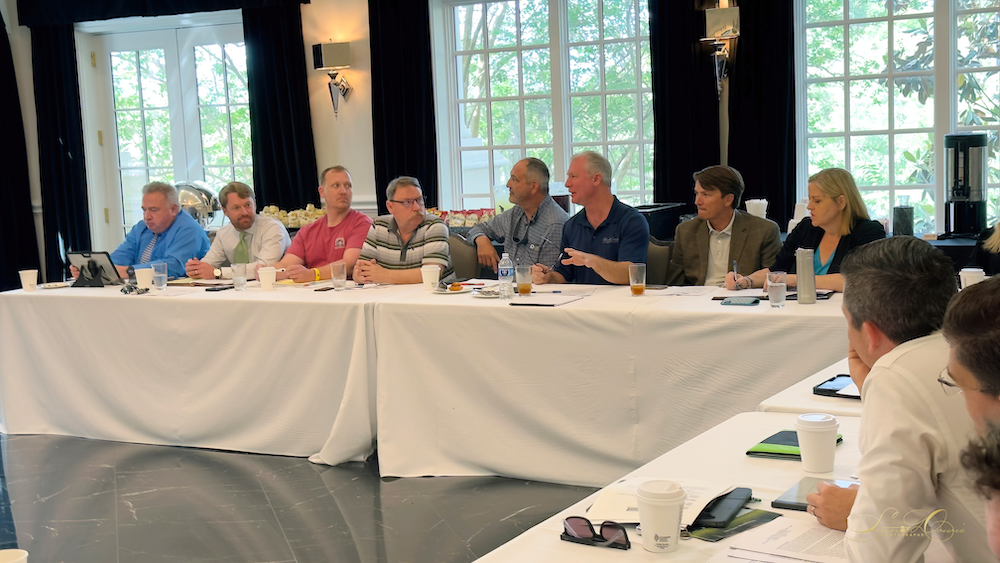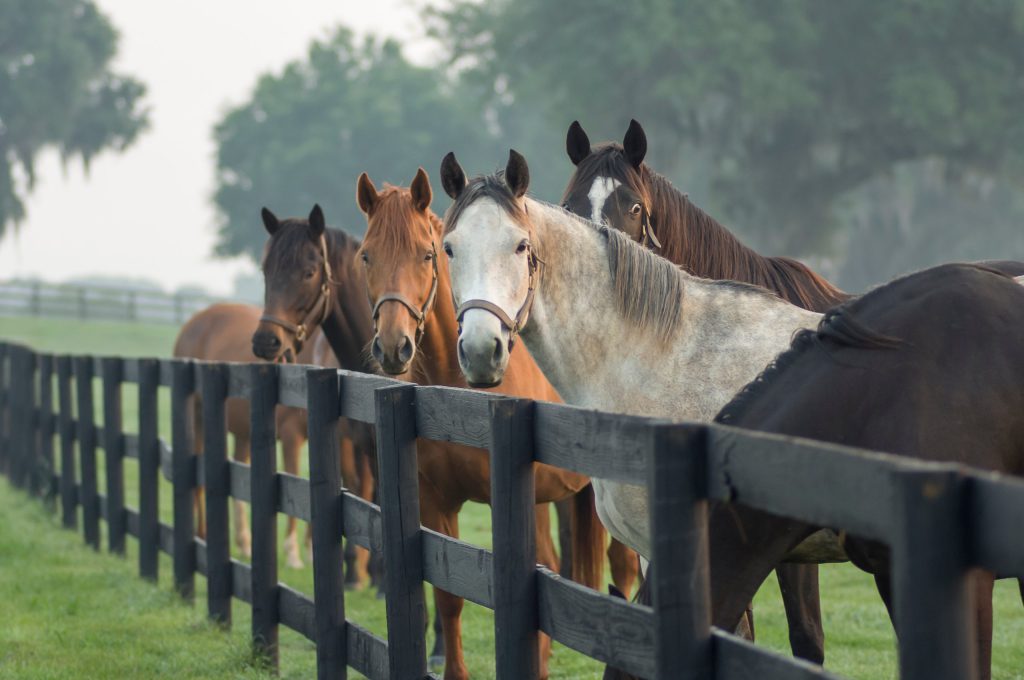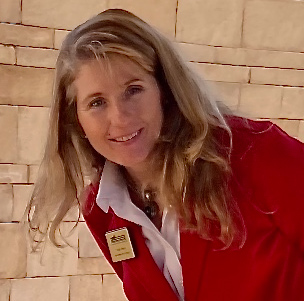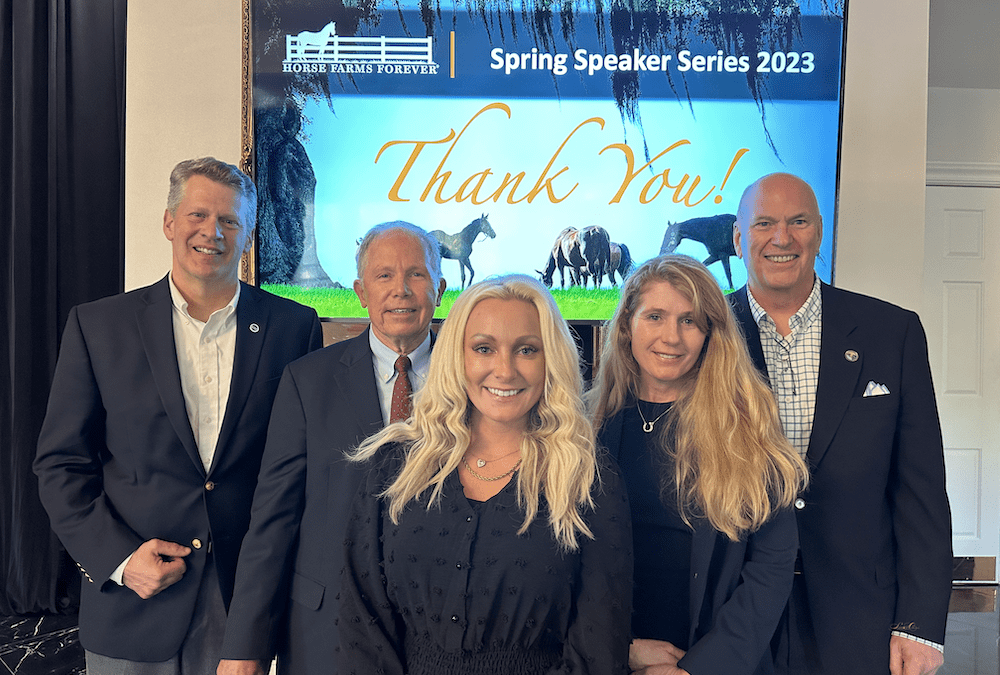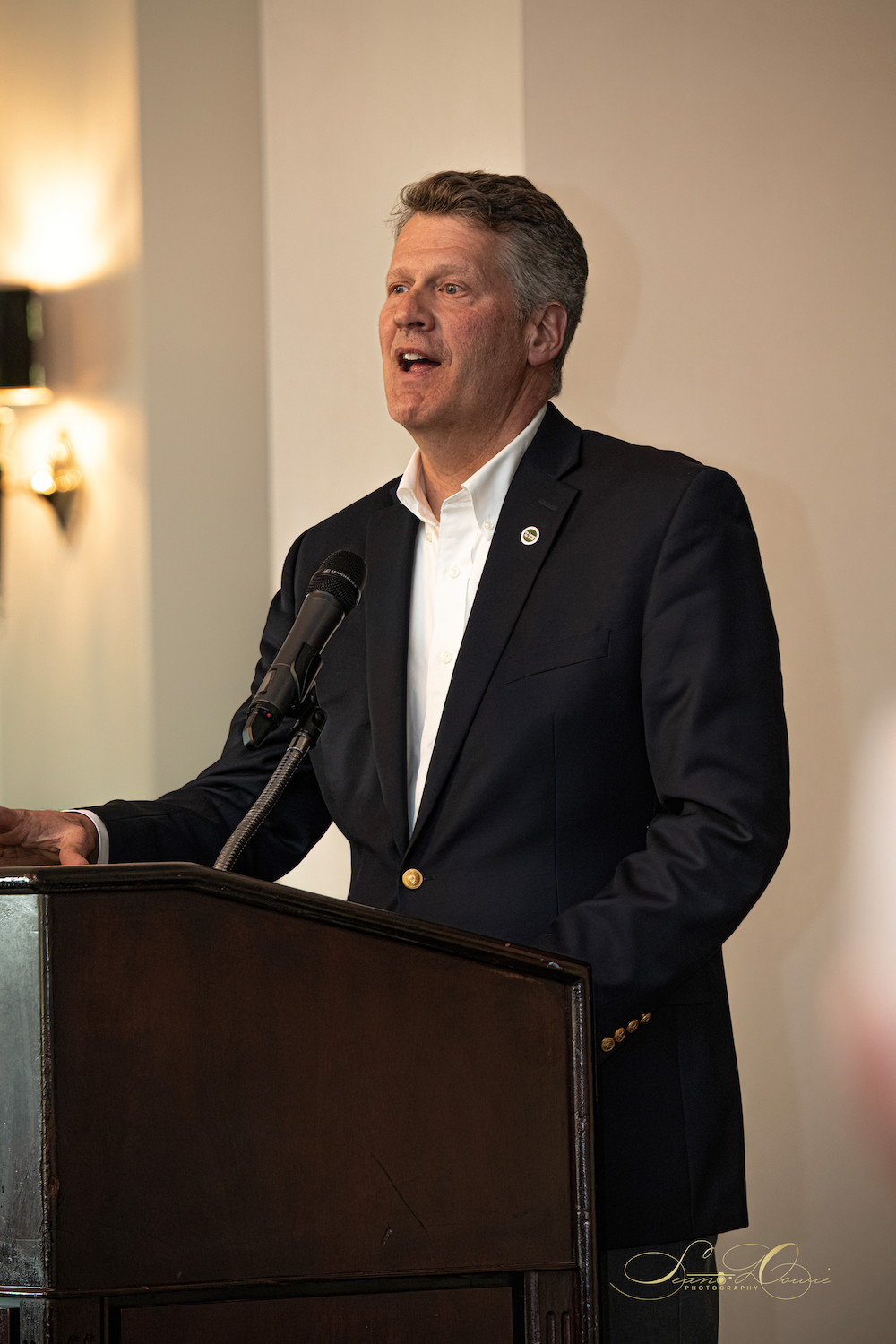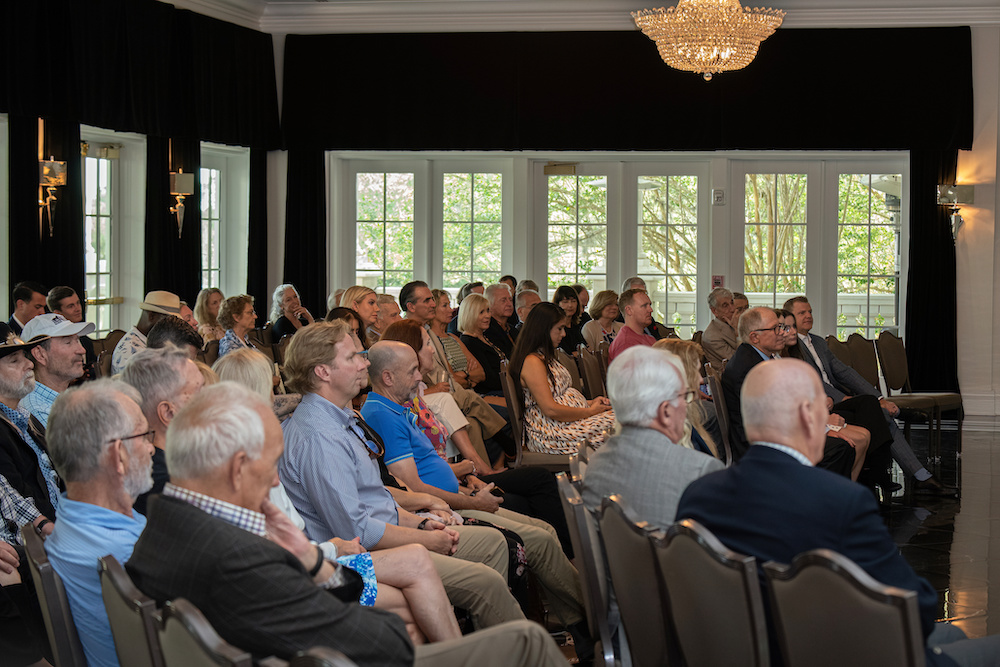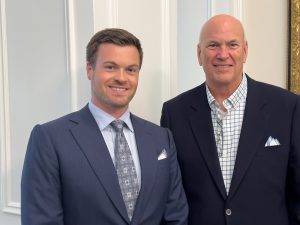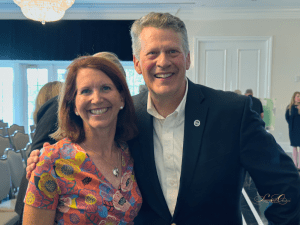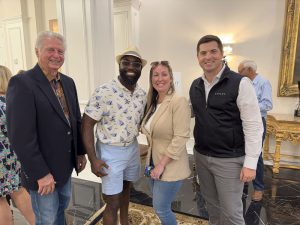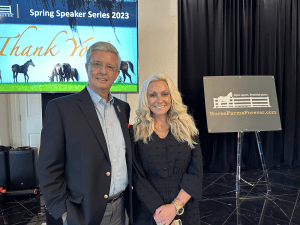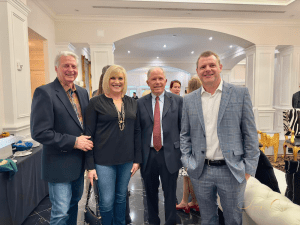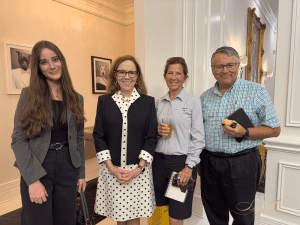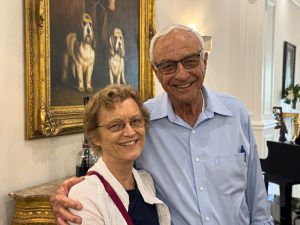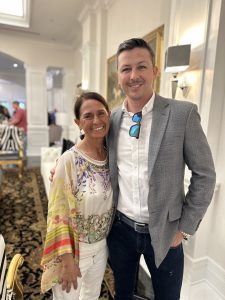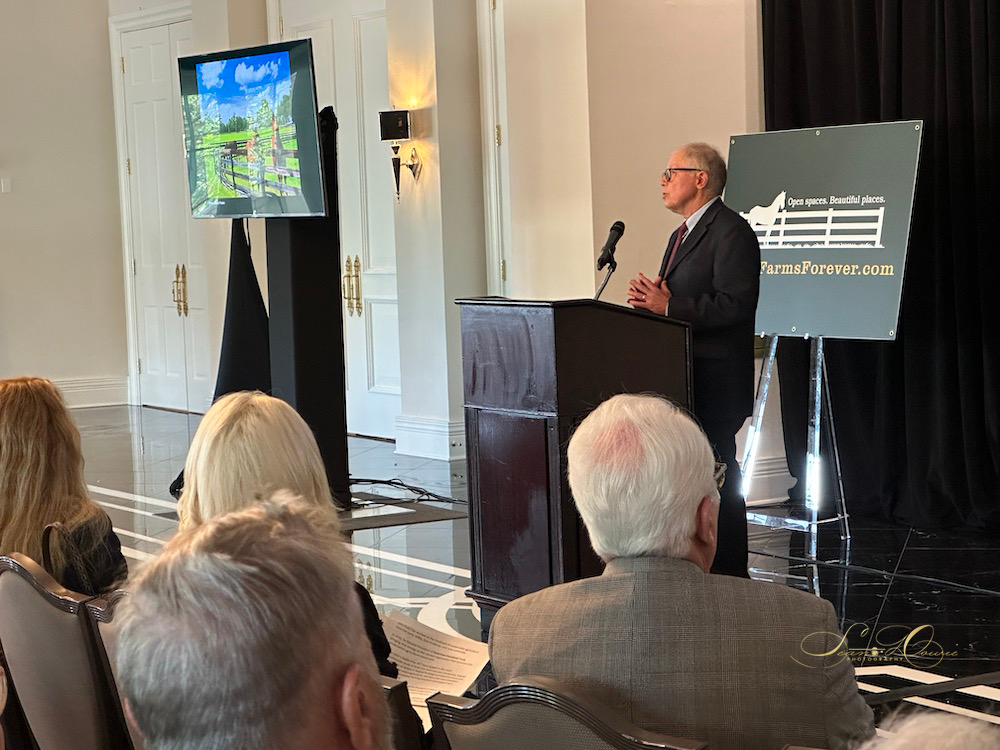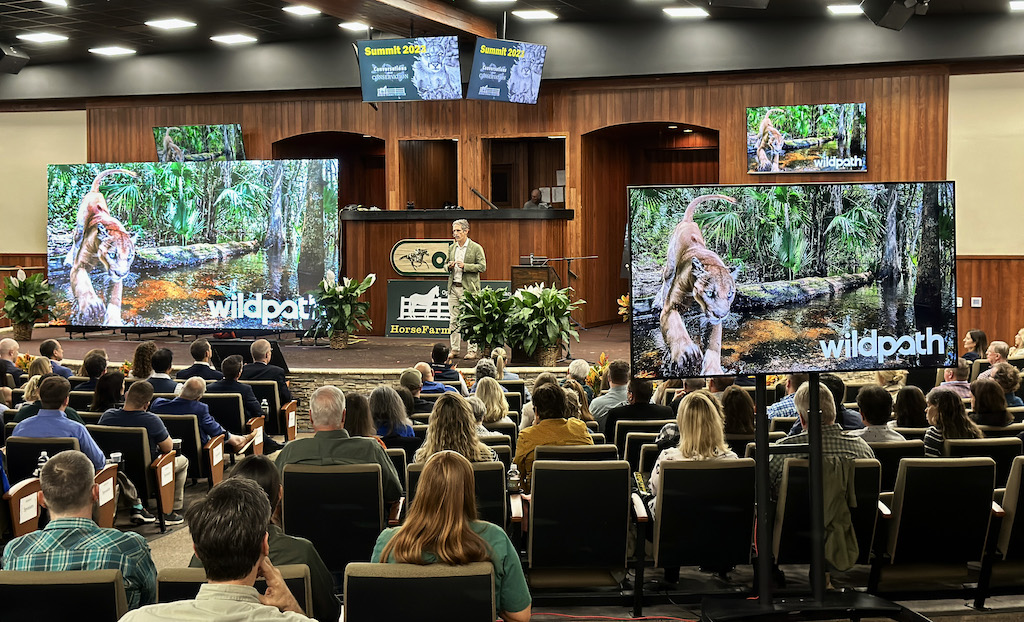
Wild Florida Celebrated at 2023 Conservation Summit
Keynote speaker Carlton Ward, Jr. inspired us with his stunning photography and film of the Florida Wildlife Corridor.
Record Turnout
On Thursday, November 16th, a large and enthusiastic crowd turned out to hear Path of the Panther creator, Carlton Ward, Jr. speak and learn more about the Florida Wildlife Corridor, despite the torrential rains and wind that night. It was clear that our goal to raise awareness for the Corridor and inspire the community to think about conservation was accomplished. Over 500 people filled the auditorium at Ocala Breeder’s Sales, who have so graciously hosted the Conservation Summit free of charge for the third year in a row.
The Conservation Summit has become a major fixture on the calendar, and the passion for conservation and land stewardship in that packed auditorium was absolutely palpable, and not just from farm and land owners. The speakers were riveting, the refreshments excellent and the whole presentation so very professionally and seamlessly choreographed. I know how much work and thought had gone into planning and executing the evening, and I felt proud to be a small part of this fine movement.
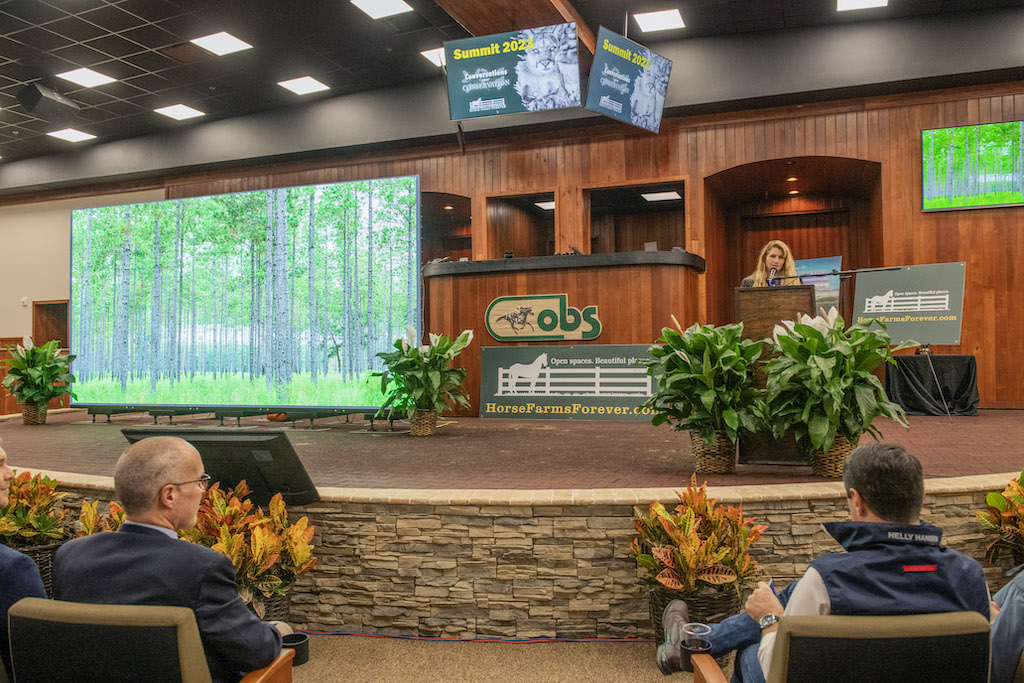
HFF Director of Conservation Strategies Busy Shires shared a recap of HFF’s accomplishments in protecting the Farmland Preservation Area since its inception 5 years ago.
Powerhouse Presentations
Mallory Lykes Dimmitt, CEO of the Florida Wildlife Corridor, began the Program by sharing how the Florida Wildlife Corridor came to be. Dimmitt is a close colleague of Carlton Ward, Jr., and together with him and another colleague, Joe Guthrie, they embarked on a 1000 mile journey in 100 days in 2012 to raise awareness about this connected landscape. They started in the Everglades and ended in the Okefenokee Swamp across the Florida/Georgia border. That resulted in their first documentary film, Florida Wildlife Corridor Expedition. Another 1000-mile trek began in the Everglades Headwaters and stretched west along the Big Bend coast and the Florida Panhandle to the Gulf Islands National Seashore at the Florida/Alabama border. That journey led to a documentary known as The Forgotten Coast. As awareness of the Corridor grew, they started routing their expeditions to more densely populated edge areas experiencing rapid growth with an urgent need to accelerate the pace of conservation, most recently following the journey of 3 military veterans from Ocala to Osceola National Forests. The Foundation just previewed that short film, called O2O: Path to Connection, which will premiere at Camp Blanding in February. These films have been punctuation marks that are extremely effective in telling the story of the Corridor.
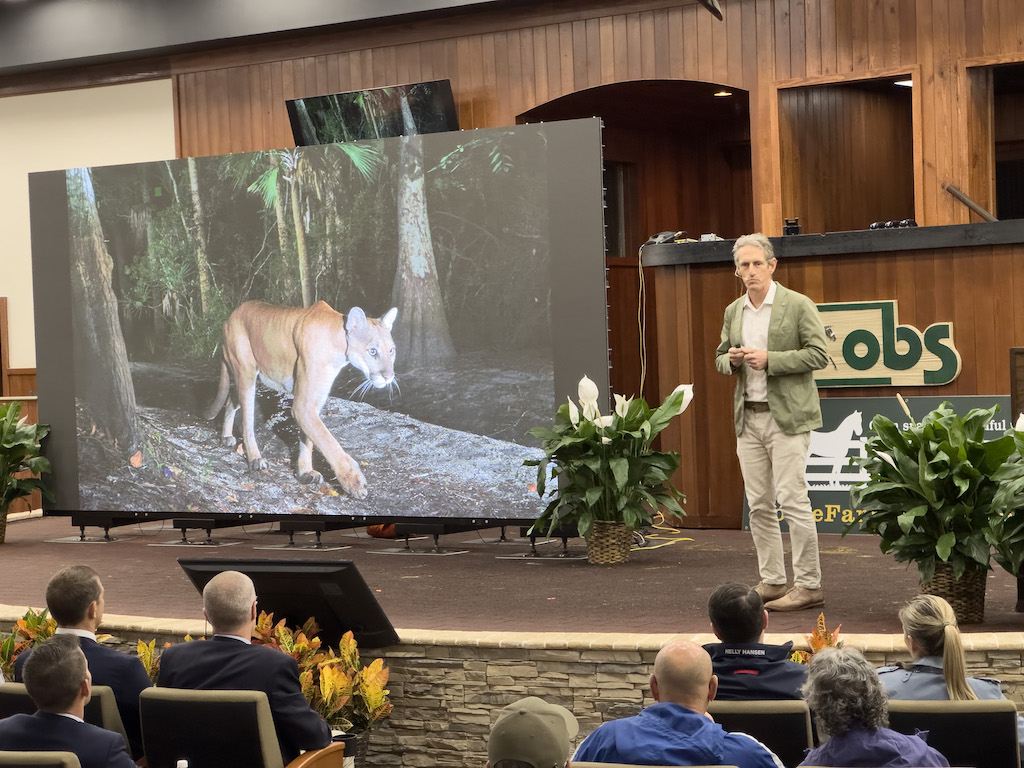
“Standing here today, I have renewed hope that the story of the Florida panther rising up out of South Florida swamps will continue inspiring a movement to save the Florida Wildlife Corridor and keep the Everglades connected to the rest of America.”
Carlton Ward, Jr.
Path of the Panther
Dimmitt introduced Carlton Ward, Jr., National Geographic Explorer, photographer and film maker. Ward was quick to point out some little known facts about what the Florida Wildlife Corridor protects, such as cattle ranches which still take up 1/6 of Florida’s land mass, black bears, corals in the Florida Keys, freshwater springs, longleaf pine forests and of course, the rare Florida Panther. He then took us on a journey through his career as an explorer and the ups and downs of capturing images of the elusive panther using camera traps.
His family owns a ranch in the Peace River Valley. Several of his cousins are full-time cowboys in the Greater Everglades. His great-grandfather was Doyle E. Carlton, the 25th governor of Florida. He’s an eighth generation Floridian.
Wildpath
Ward’s organization, Wildpath, is pursuing new projects now that the Path of the Panther book and movie are enjoying widespread acclaim and success. With storytelling and conservation grants from National Geographic, they are starting a new project called Gulf of Mexico: Paths to Protection. The project began working with global ocean ambassador Dr Sylvia Earle, who was the first person to scuba dive for science in the Gulf of Mexico more than 70 years ago. This initial focus is celebrating the seagrass beds of what Sylvia calls The Wilderness Coast – wrapping from north of Clearwater to Tallahassee. From the seagrasses, the project will follow the movements wildlife such as five species of sea turtles that rely on Wilderness Coast Estuaries, through the Gulf of Mexico, and beyond.
Back on land, Wildpath is starting a new project advocating for the protection of large-scale wildlife corridors surrounding military bases throughout America. They are working with the Department of Defense, USDA, and US Dept of the Interior.
And of course, they continue to deepen the story telling about the Florida Wildlife Corridor by sending photographers to all regions of the Corridor to document the wildlife. This is being compiled into a story map which you can view in real time on wildpath.com.
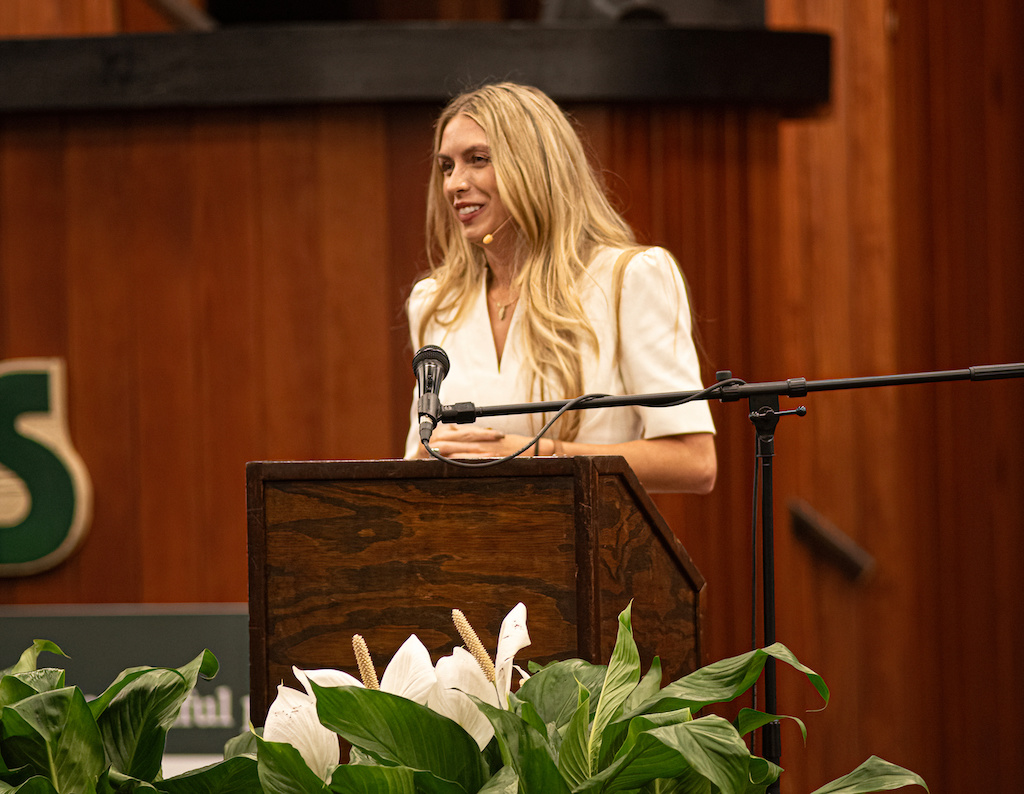
Traci Deen from Conservation Florida shared the news about conservation easements underway in Marion County.
Conservation Florida
Ward introduced the final speaker, Traci Deen, Esq., President and CEO of Conservation Florida. Deen’s organization saves land by facilitating, accepting or purchasing donations of land conservation easements and serving as a statewide conservation partner to other organizations. As a partner in the Florida Wildlife Corridor, they are actively using some of the $2billion in state funding allocated for the corridor to purchase easements on private working lands that enable the owners to continue working the land while at the same time keeping it available for wildlife habitat.
About 43% of Marion County’s land mass is included in the Florida Wildlife Corridor. The Ocala National Forest (ONF), at over 430,000 acres, is one of the largest pieces of the puzzle. The goal is to connect additional conservation lands such as the ONF, the Cross Florida Greenway, Rainbow Springs State Park, and Silver Springs State Park by protecting private land with conservation easements.
A small portion of the Farmland Preservation Area (FPA) in northwest Marion County is part of the Florida Wildlife Corridor. The FPA section of the corridor will help connect Paynes Prairie State Preserve to the Goethe State Forest.
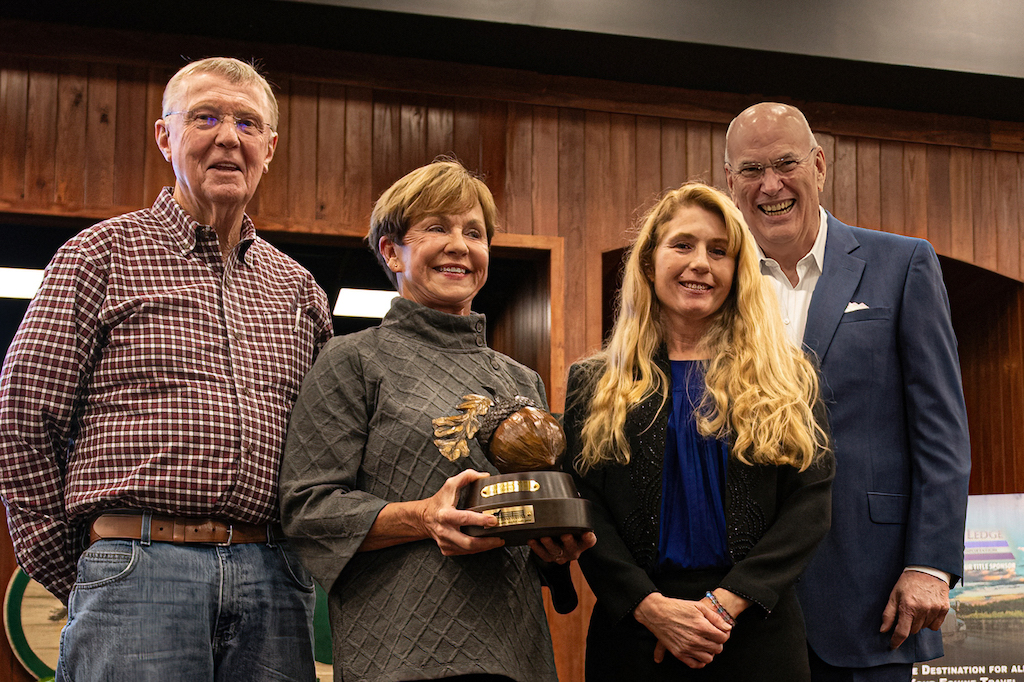
From Tiny Acorns, Mighty Oaks Grow
The Acorn Award, sponsored by Horse Farms Forever, is given annually to a Marion County landowner who has exemplified what it means to protect and honor the open spaces and beautiful places that make Ocala/Marion County unique. This year, we were honored to present the Award to Shirley and John Rudnianyn, owners of Blitch Plantation and one of the largest landowners in the County. Blitch Plantation is a 4,500 acre farm with timber, cattle and wildlife habitat. The Rudnianyns recently purchased approximately 18,000 acres in the Fort McCoy area and have assembled a team of experts including foresters, soil and wetland scientists and several conservation organizations to help restore the tract for sustainable timber, cattle grazing, and hunting. This tract is an important connector between the Ocala National Forest and the Osceola National Forest.
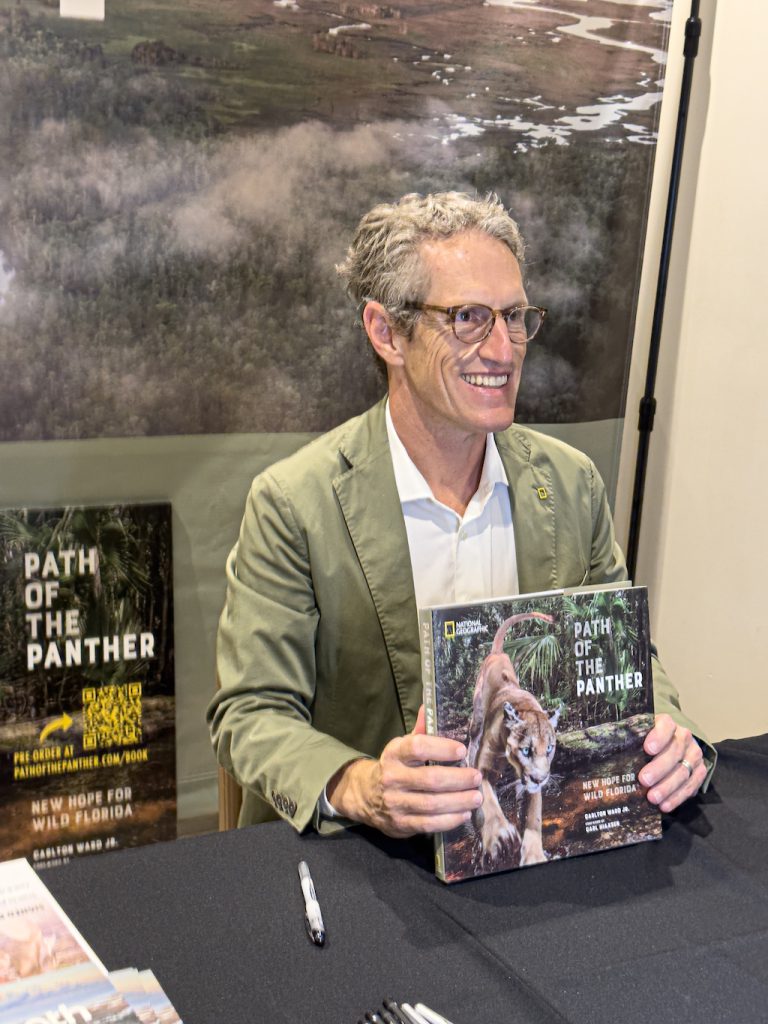
Carlton Ward, Jr. signed books before and after the Program.
Special Moments
The evening’s events began with a Path of the Panther book signing while guests enjoyed a cheerful reception, refreshments, and toured the hospitality booths of Sponsors. Rubbish the Raccoon, Marion County’s rap-singing mascot for it’s No Horsin’ Around Litter Campaign was a favorite photo opportunity. Gentle Carousel Miniature Therapy Horses once again came as our special guests to let everyone meet one of their sweet miniature horses and learn about their mission to encourage and uplift people in need. The Saint Bernard Foundation honored Marion County’s No Horsin’ Around Program with a $10,000 donation presented at the Summit. Horse Farms Forever received a $125,000 bequest from the Cathy D. Perry estate, presented by Cathy’s son, Brandon Perry and his wife, Diannah.
I’ve been coming to OBS since I was 10 years old. It is the Marion County horse industry that has moved me to Ocala several times throughout my life, as an assistant farm manager, large animal veterinary technician and as a Thoroughbred farm owner. It was so surreal to say the least to present this check in honor of Brandon’s moms legacy last night to Horse Farms Forever to help preserve and protect the horse country that I love, at the place that brought me to Ocala so many years ago.
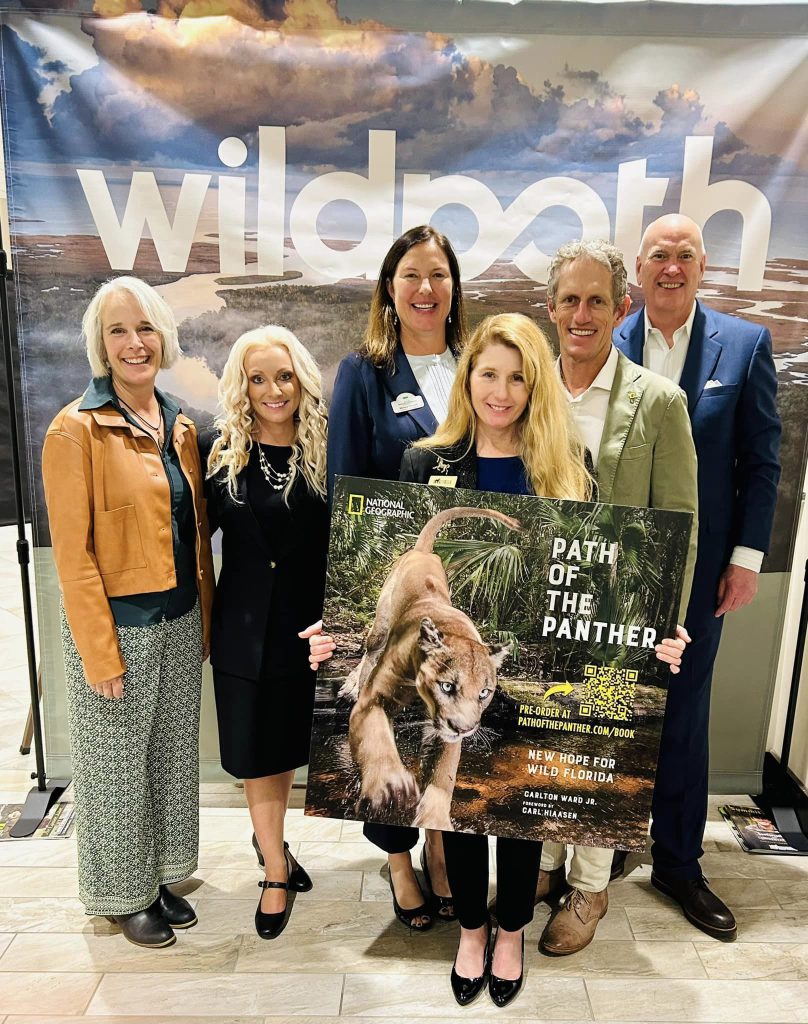
HFF Staff: Michelle Grald, Sara Fennessy and Busy Shires with Mallory Lykes Dimmit of the Florida Wildlife Corridor and Carlton Ward, Jr., National Geographic Explorer and author of Path of the Panther, Bernie Little.
A Promising Partnership
Conservation Florida and the Florida Wildlife Corridor are valuable partners as we continue the conversation about conservation in Marion County, particularly in the area of conservation easements, which are the only way to permanently and irrevocably preserve tracts of land that are privately owned.
GALLERY
Photos by Sean Dowie Photography
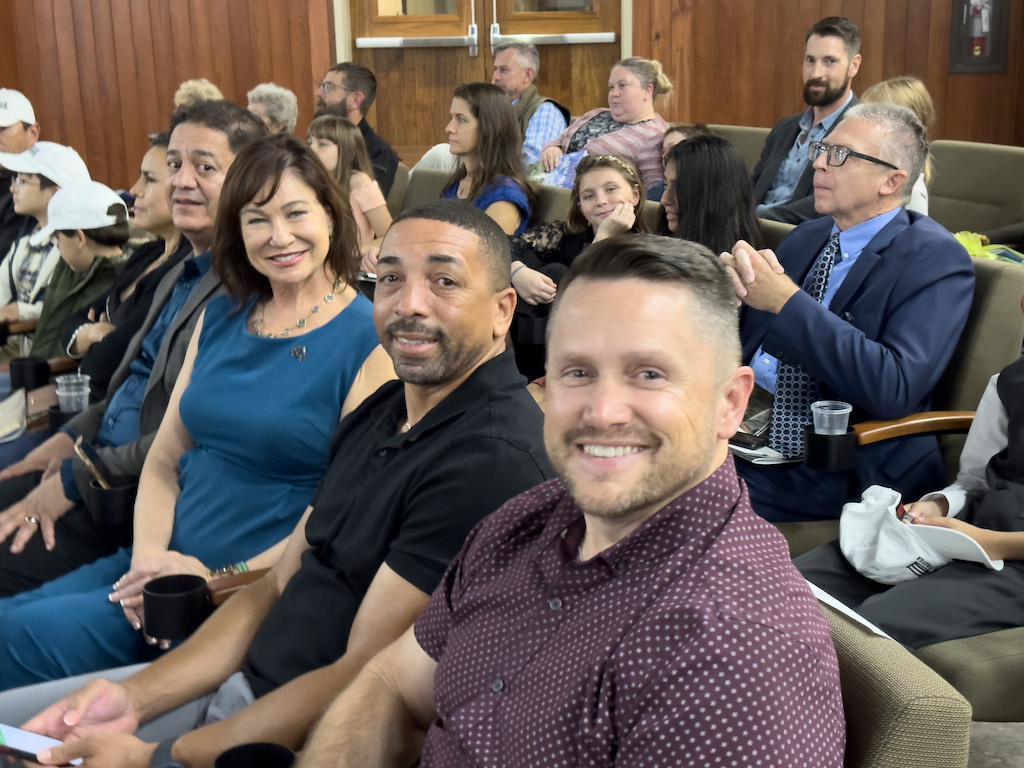
The rainy evening didn’t put a damper on the enthusiasm from the audience.
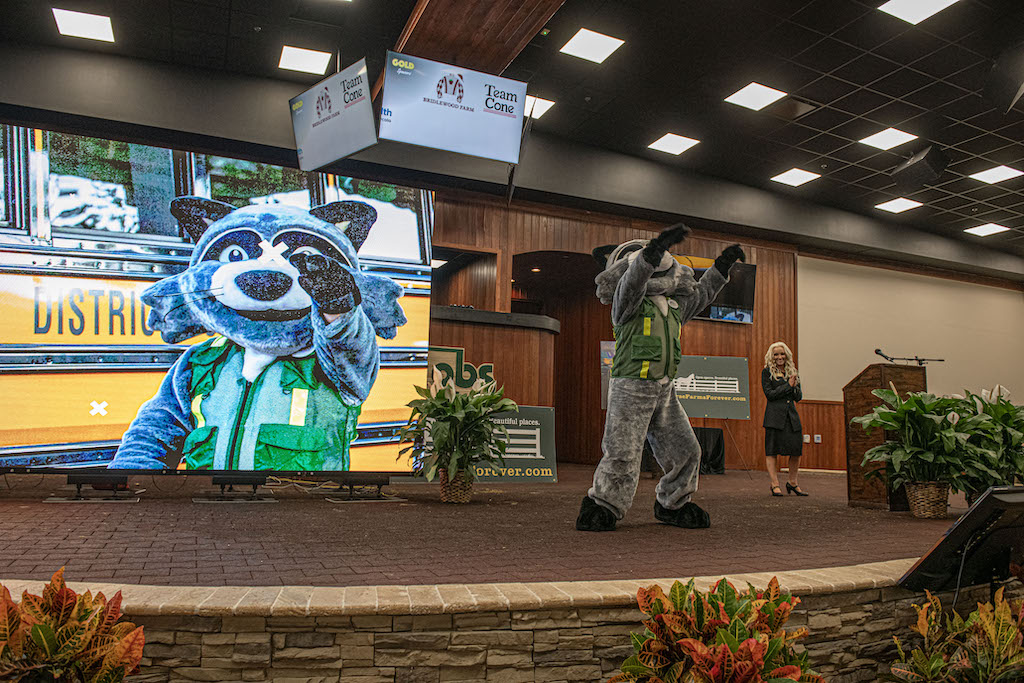
Rubbish the raccoon, the mascot for Marion County’s No Horsin’ Around Litter Clean Up Campaign kicked off the program and showed us some moves.
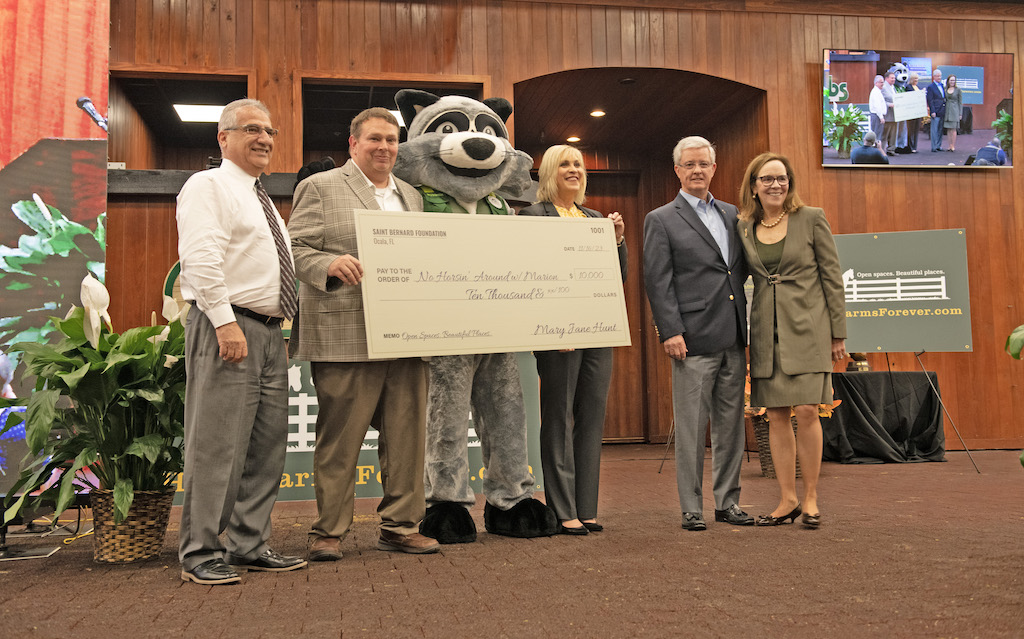
Mary Jane Hunt (far right) from the Saint Bernard Foundation presented a check for $10,000 to Marion County’s No Horsin’ Around Litter Campaign. She is shown here with County Administrator Mounir Bouyones, Mark Johnson, Rubbish, Commissioner Michelle Stone and Commissioner Craig Curry.
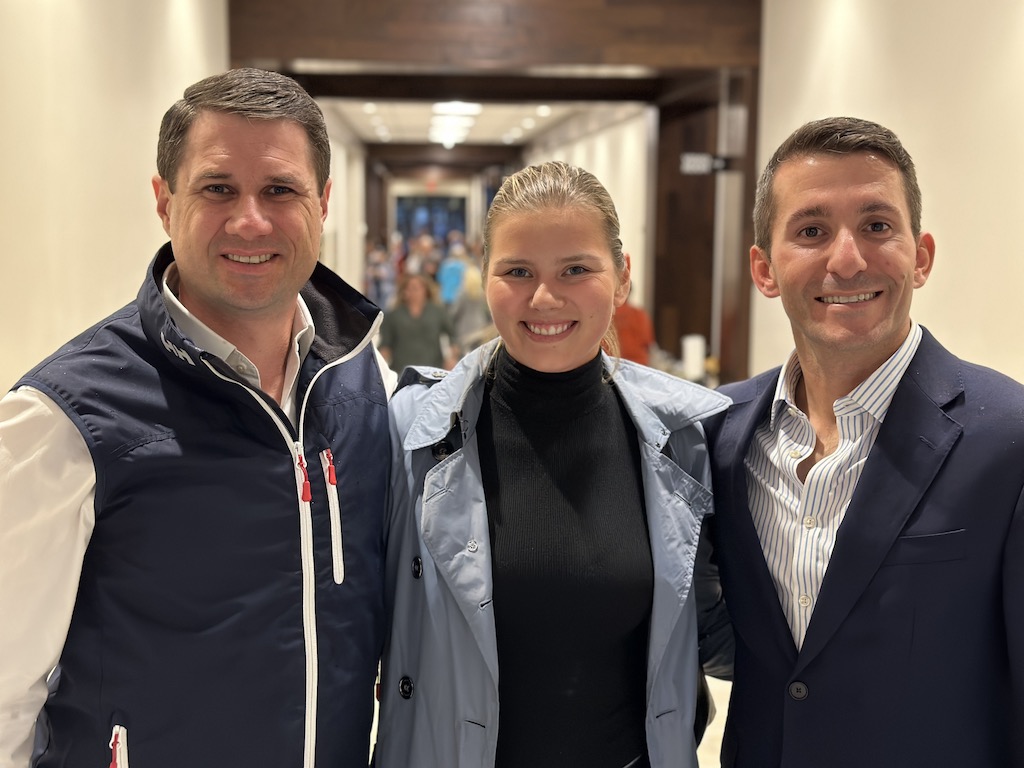
Nate and Dasha Chambers with Matt Marcin of J.P. Morgan Private Bank.
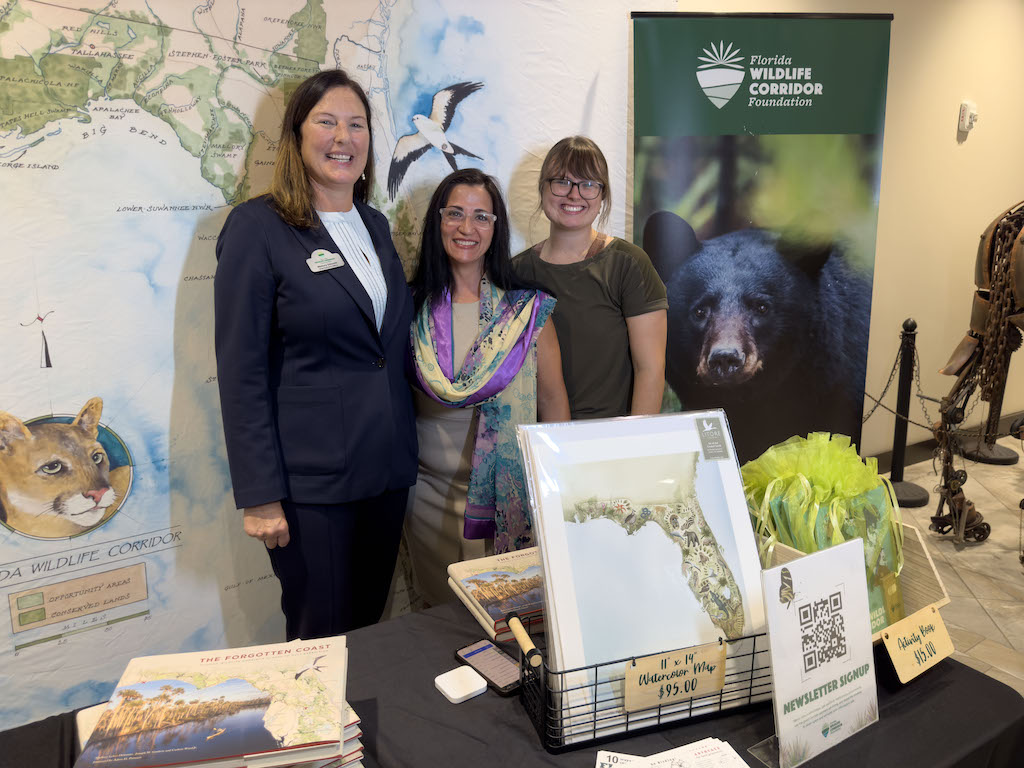
Mallory Lykes Dimmitt with Danna Bramlett and Adrienne Lewis of the Florida Wildlife Corridor.
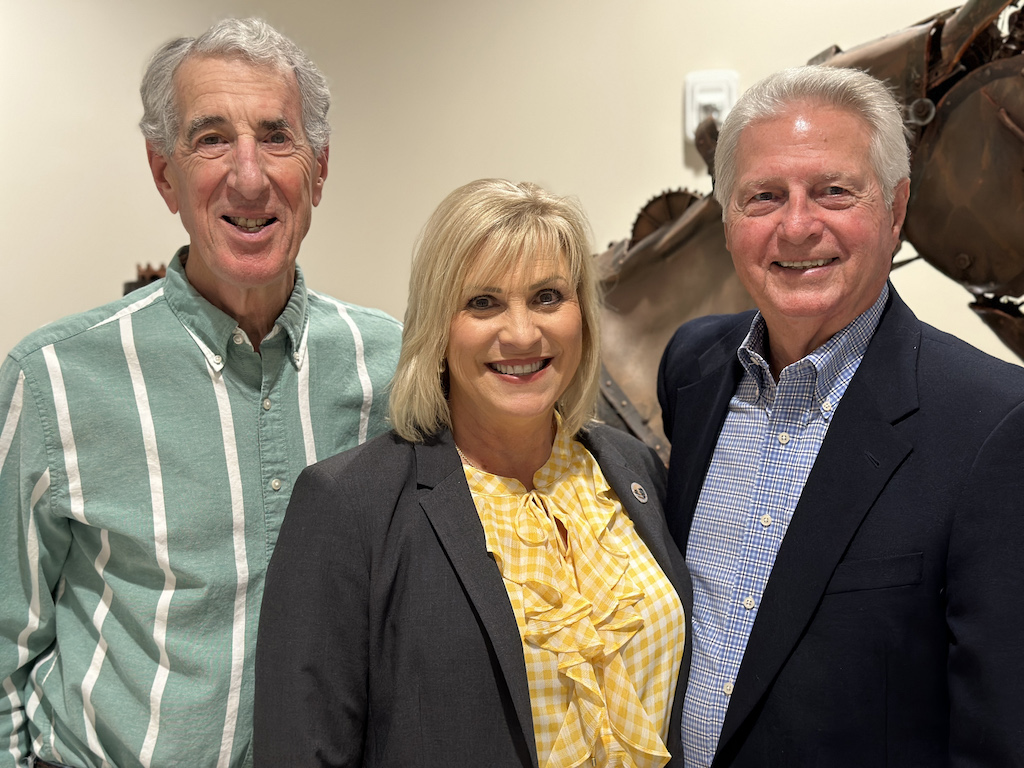
HFF Board Member Paul Kaplan with Commissioner Michelle Stone and her husband, Charlie Stone.
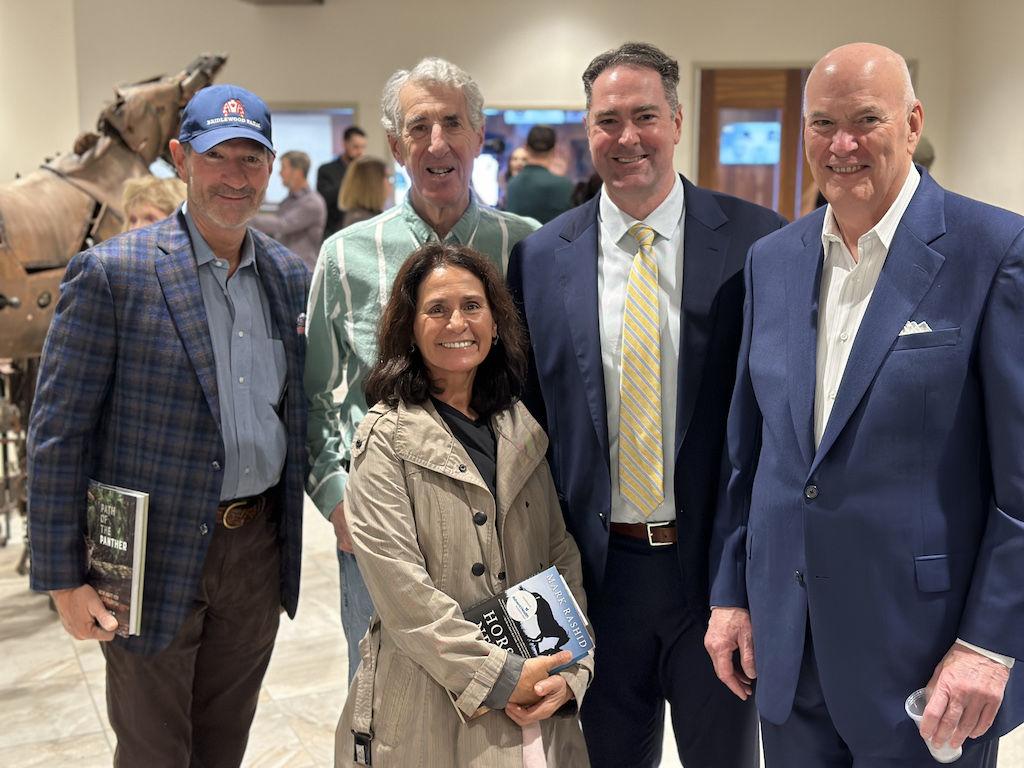
HFF Board Members: George Isaacs, Paul Kaplan, Elma Garcia Cannavino, and Bernie Little along with Attorney Matt Brockway from Icard Merrill.
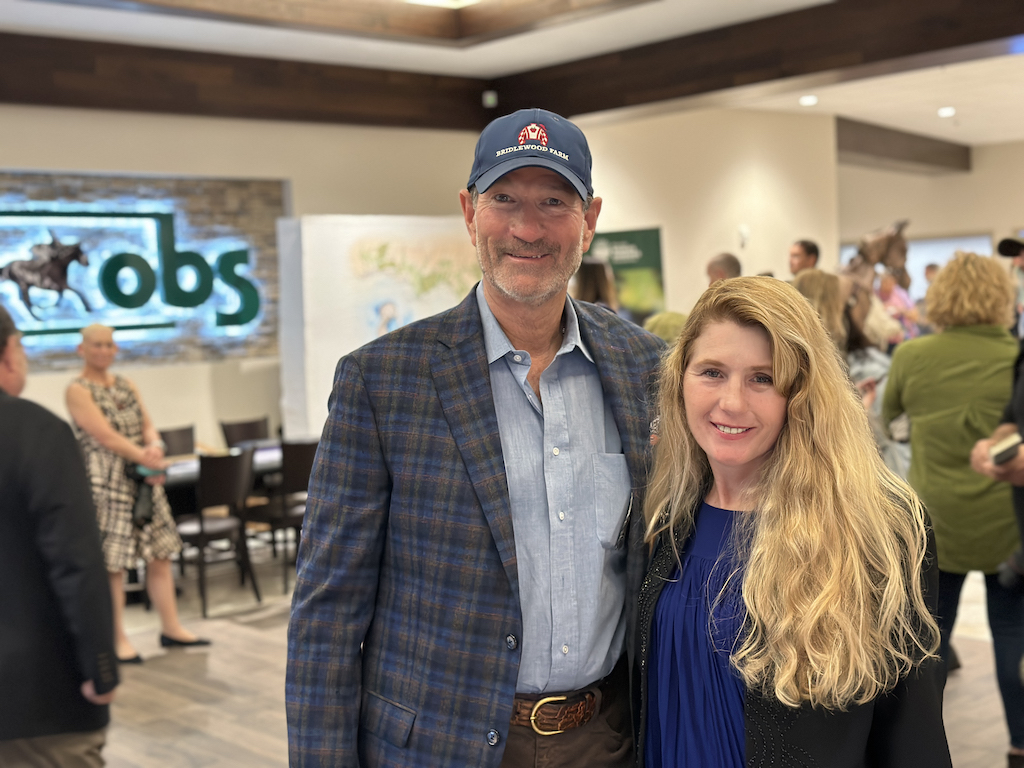
Bridlewood Farm’s General Manager, George Isaacs, who is an HFF Board Member and is also the current president of the FTBOA, along with HFF Director of Conservation Strategies, Busy Shires.
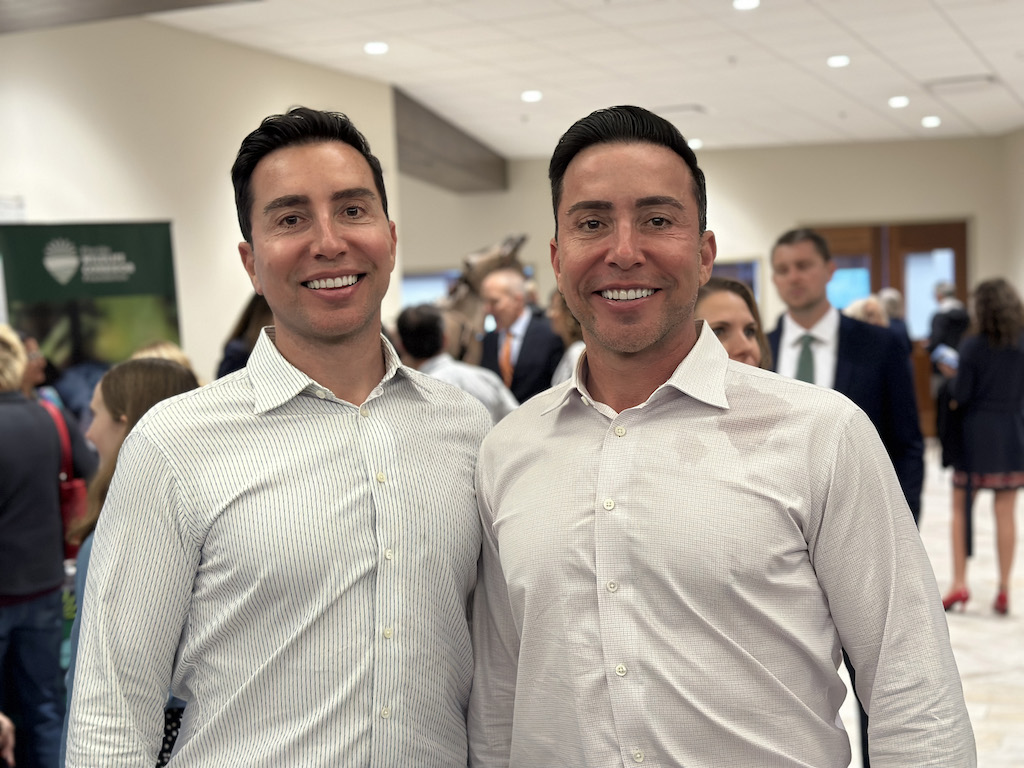
Ocala Horse Properties’ Principals, Chris and Rob Desino, who are Founders of Horse Farms Forever. Rob currently serves as the Board Vice President.
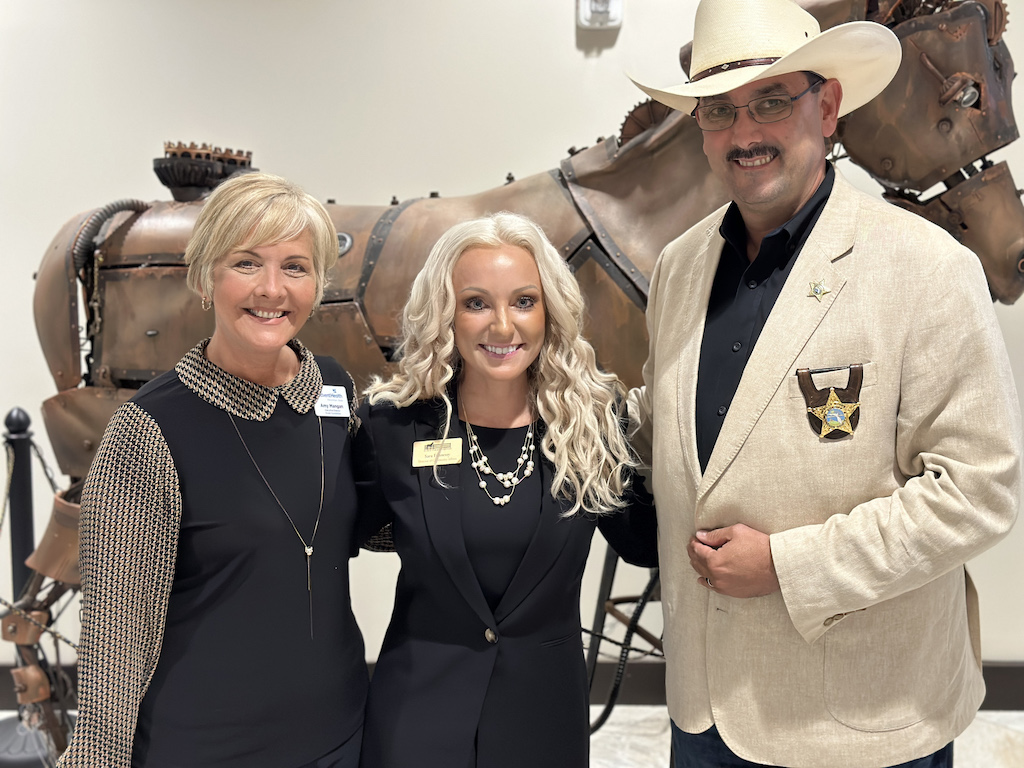
Amy Mangan, Executive Director of AdventHealth Ocala Foundation, HFF’s Sara Fennessy and Sheriff Billy Woods
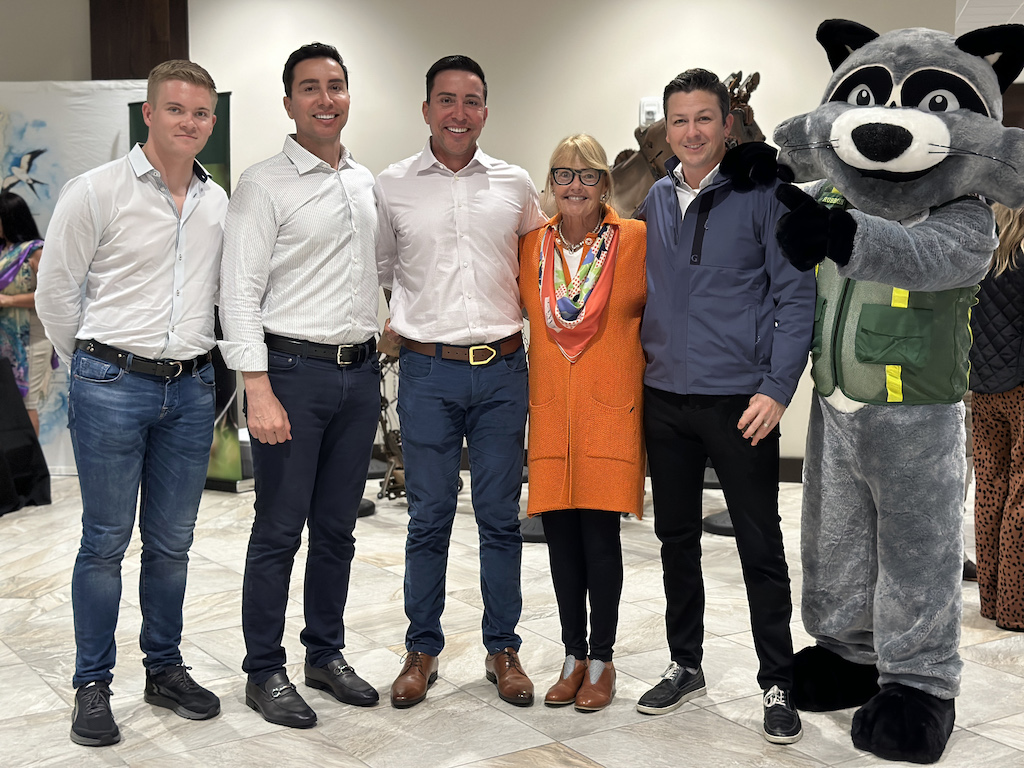
Dilan Bower-Desino, Rob Desino, Chris Desino, Nancy DeCavaignac, Matt Varney and the ever-present Rubbish the Raccoon.
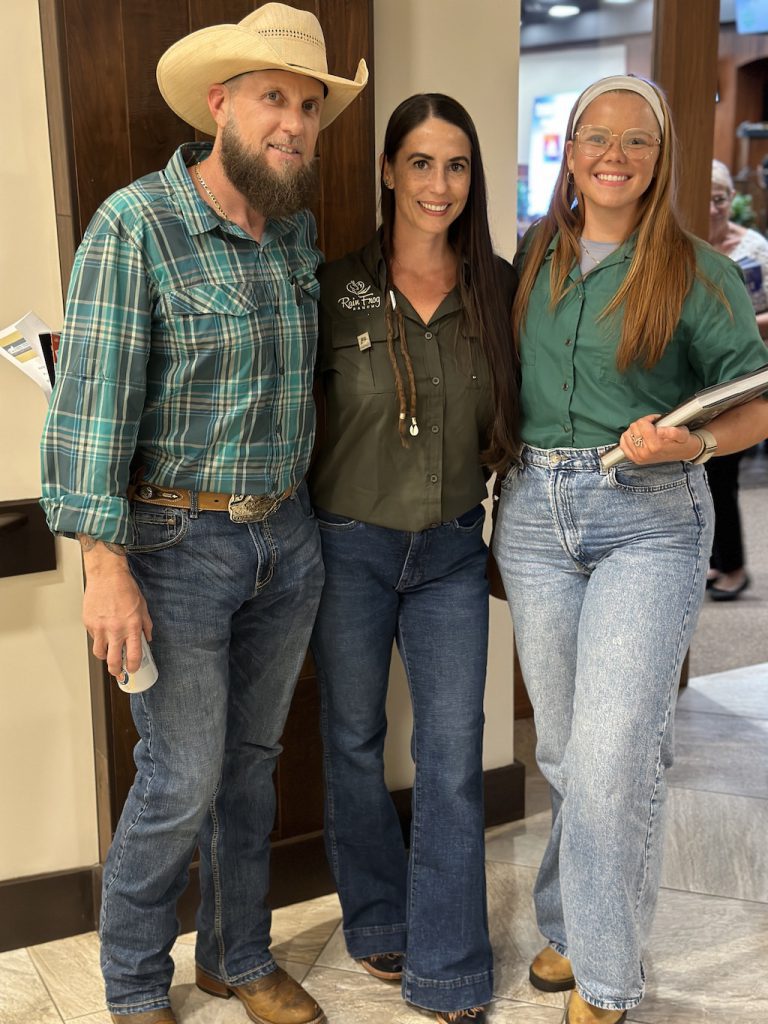
So many new faces!
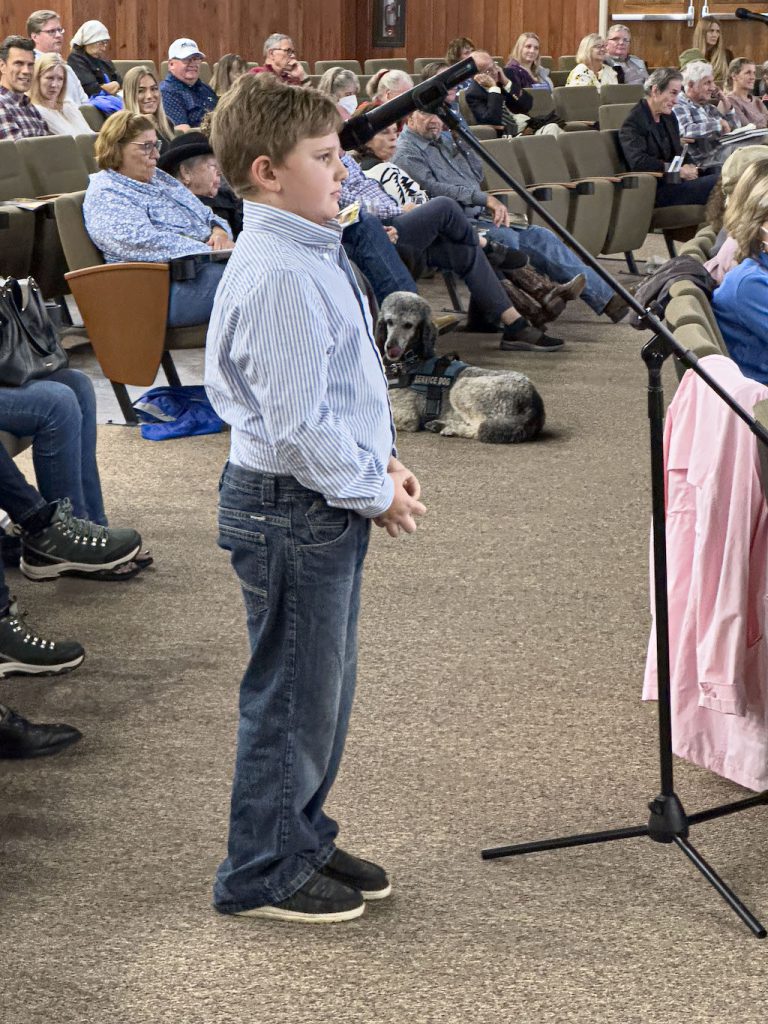
This young man bravely marched up to the microphone to have a conversation about conservation with Carlton.
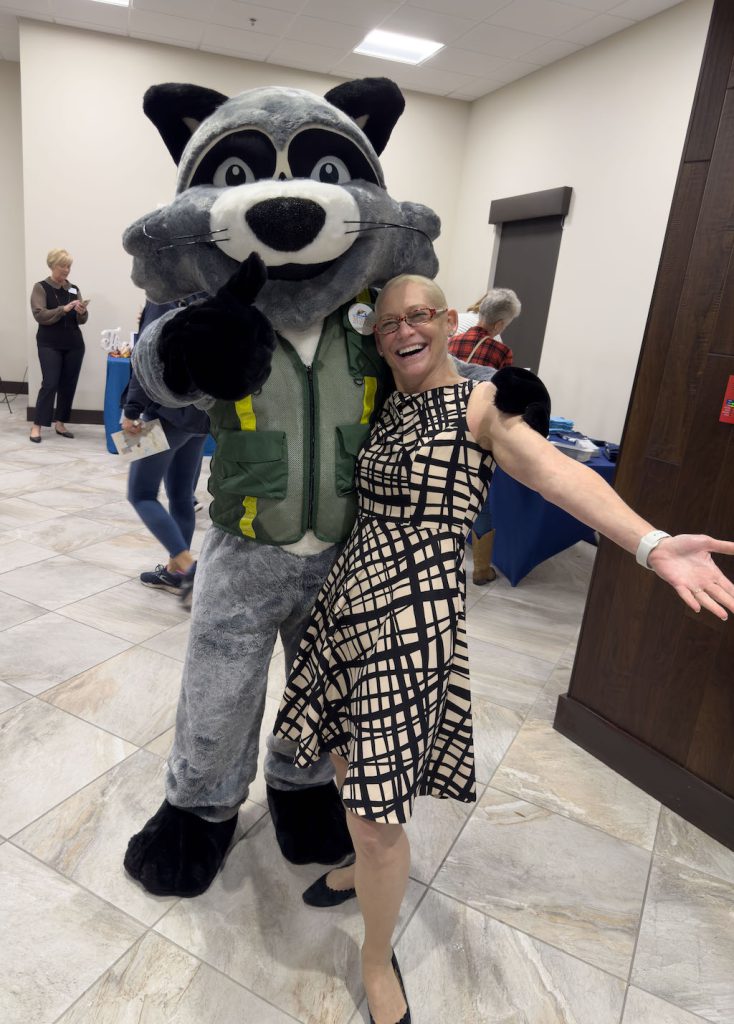
Rubbish was everyone’s favorite photo buddy. Here he is with Tammy Dowie
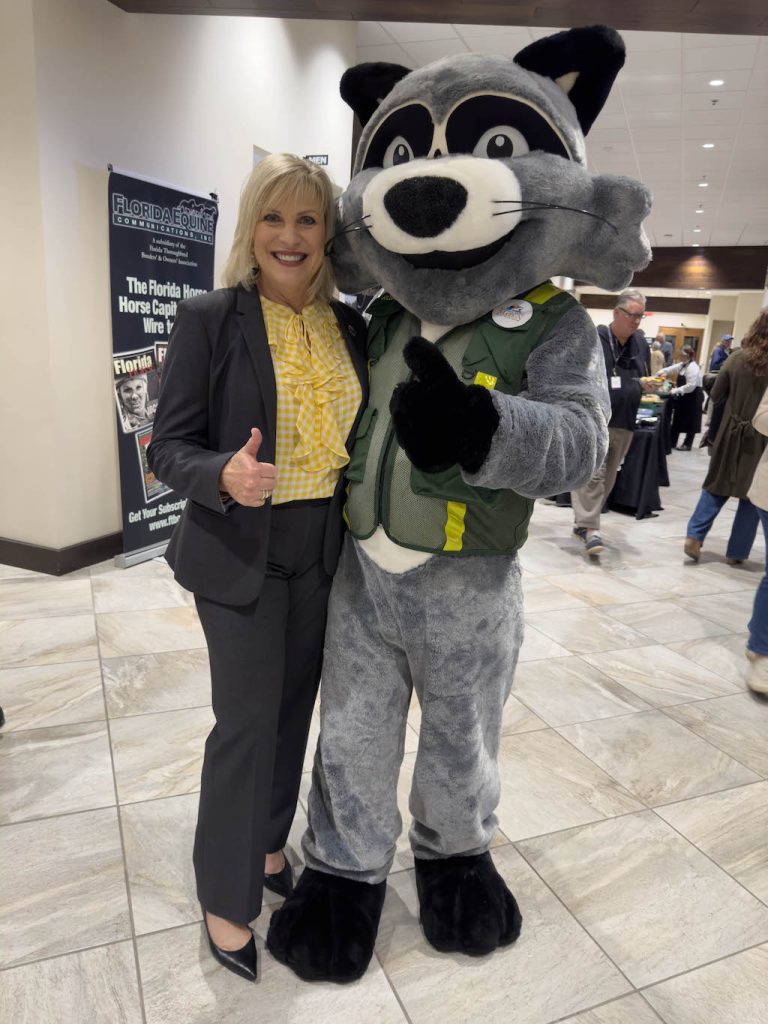
Commissioner Michelle Stone with Rubbish.
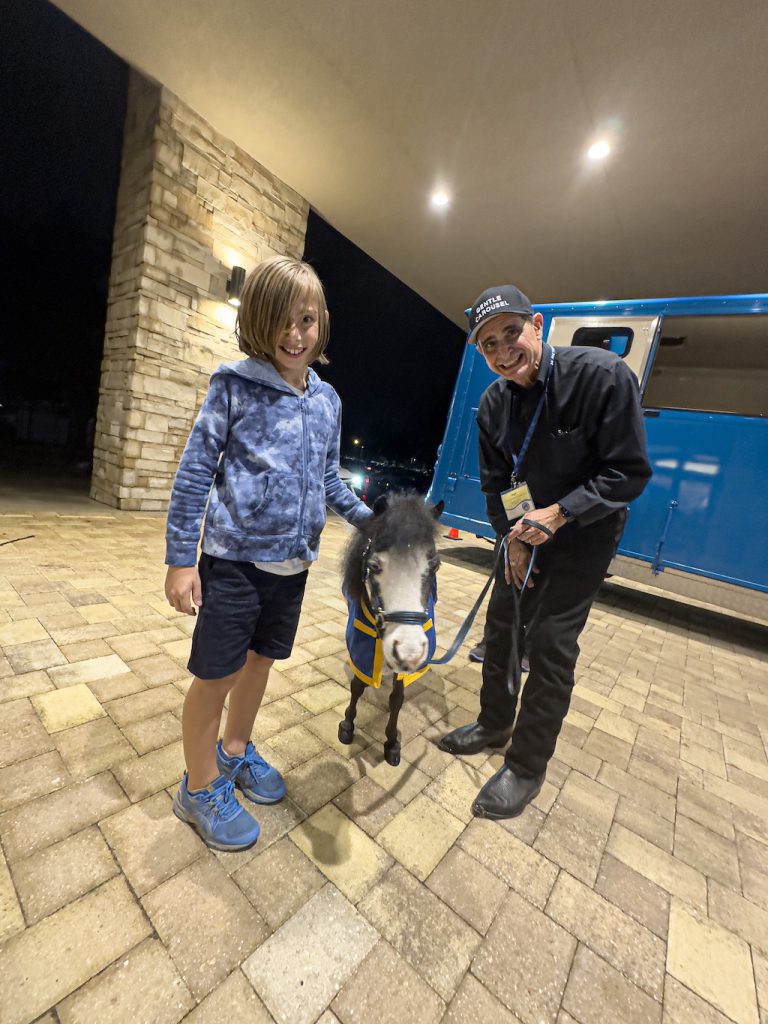
Jorge Garcia-Bengochea, Executive Director of Gentle Carousel Miniature Therapy Horses was on site to introduce everyone to one of their therapy horses and tell the story of their mission to bring big hope to people through their tiny horses.
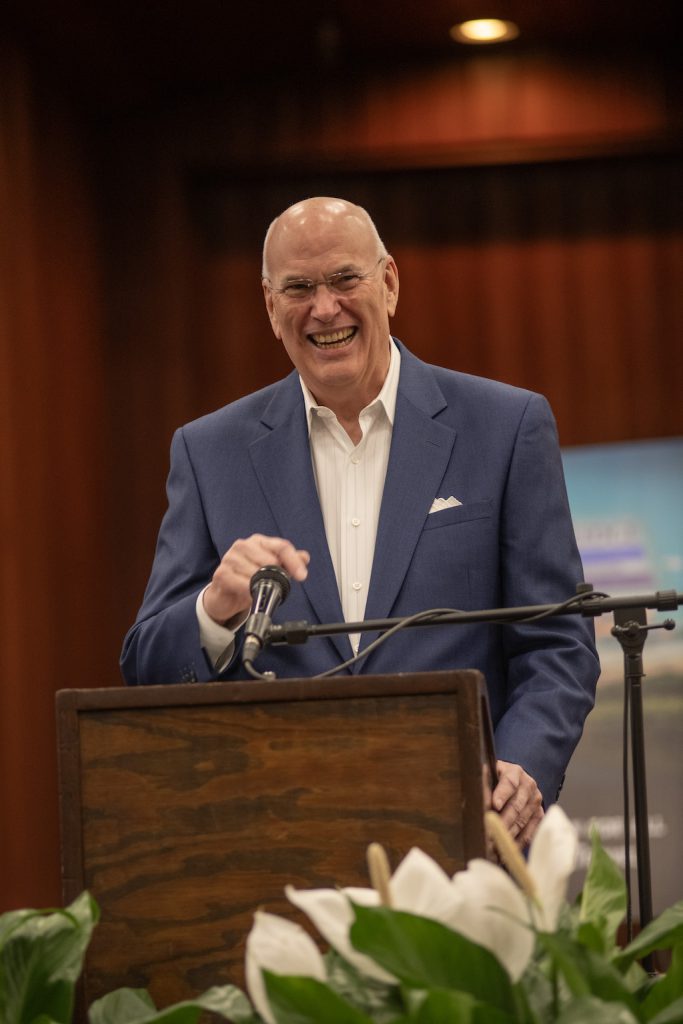
HFF Board President, Bernie Little.
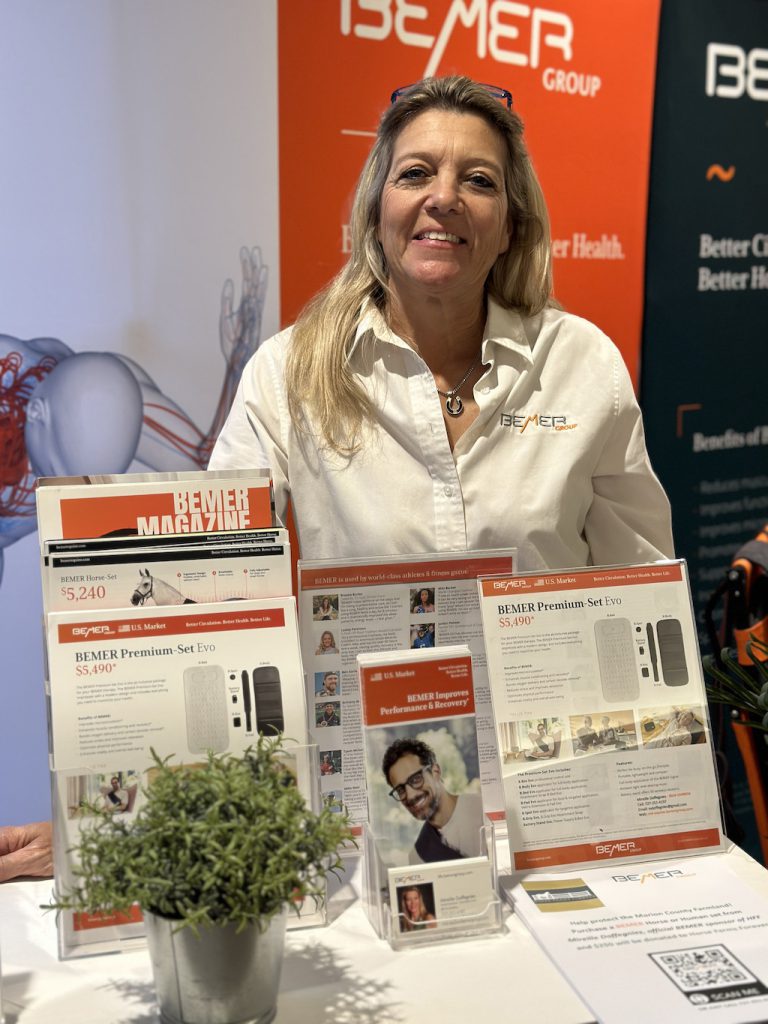
Mireille Doffegnies, BEMER Distributor & Team Manager
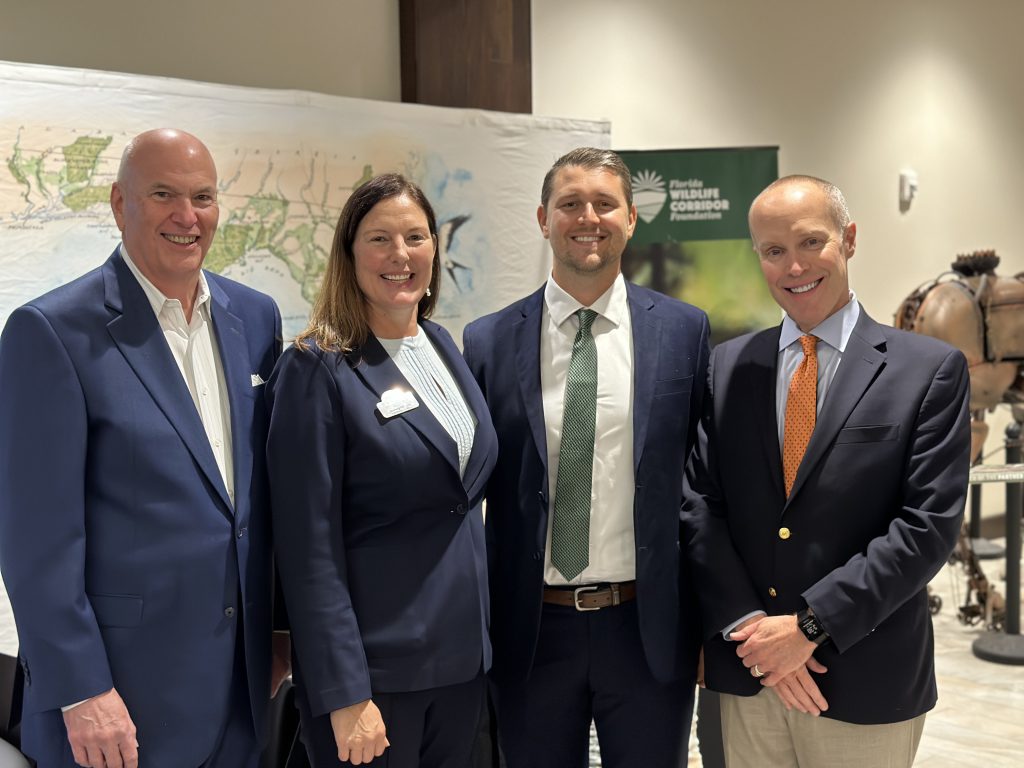
Bernie Little, Mallory Lykes Dimmitt, Sam Smidt, and Billy Van Pelt of the American Farmland Trust
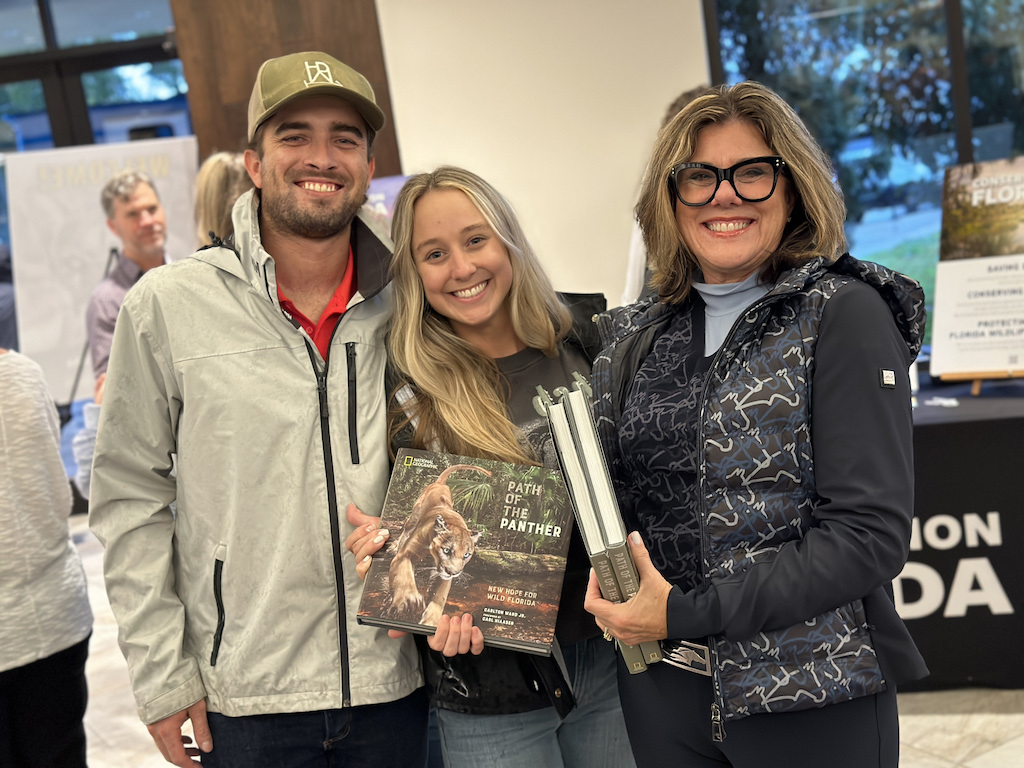
The book signings were a big hit.
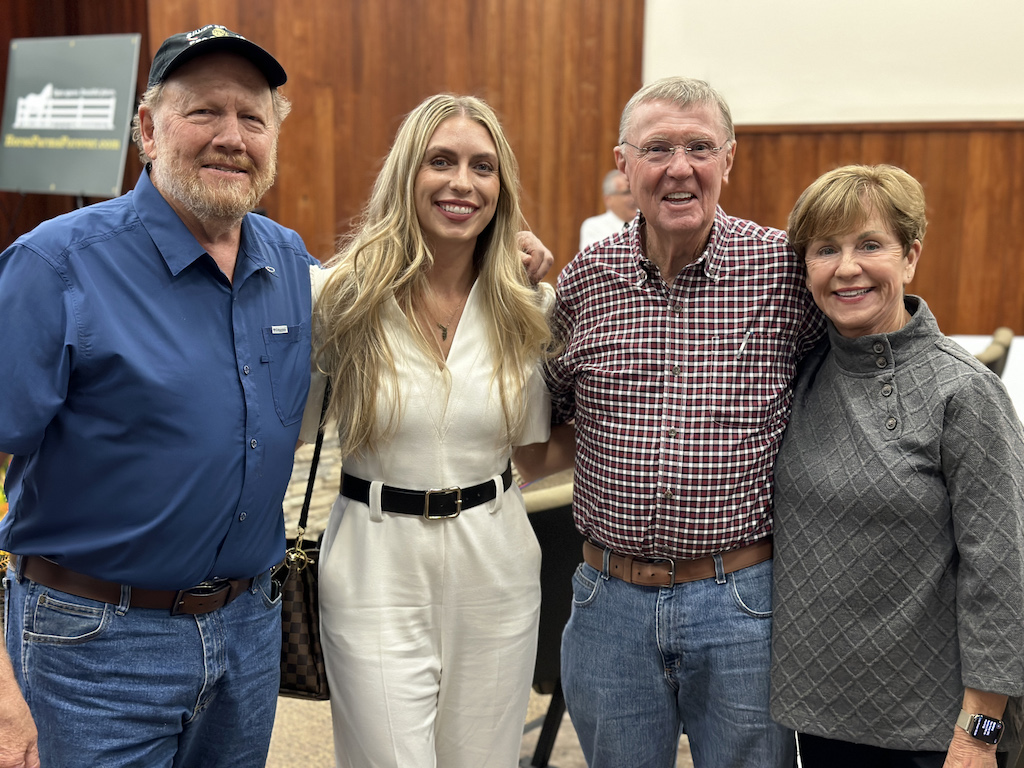
Mark Emery with Conservation Florida’s Traci Deen and John and Shirley Rudnianyn.
Thank you, Sponsors!
For the fourth year in a row, Brook Ledge Horse Transportation has delivered us as our Title Sponsor. We are so thankful for Brook Ledge and the support of close to sixty other businesses, individuals and nonprofits that stepped up to sponsor the 2023 Conservation Summit.
Media Partners
 |
 |
 |
 |
 |
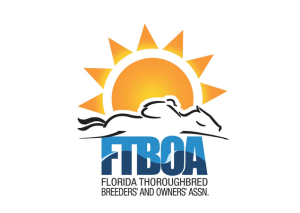 |
 |
 |
|
|
 |
For an official press release, images and press passes, go here.
Always Watching

We work hard to keep you informed, and to represent our members' interests in preserving our horse farms, farmland and the unique character and culture of Marion County's 193,000 acre Farmland Preservation Area.
Join the herd. Every voice matters.

